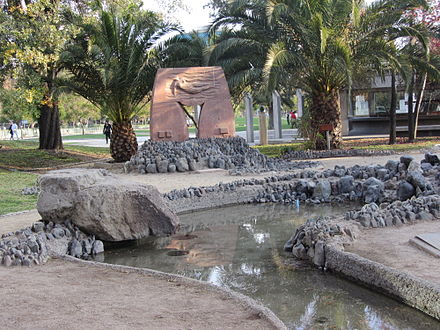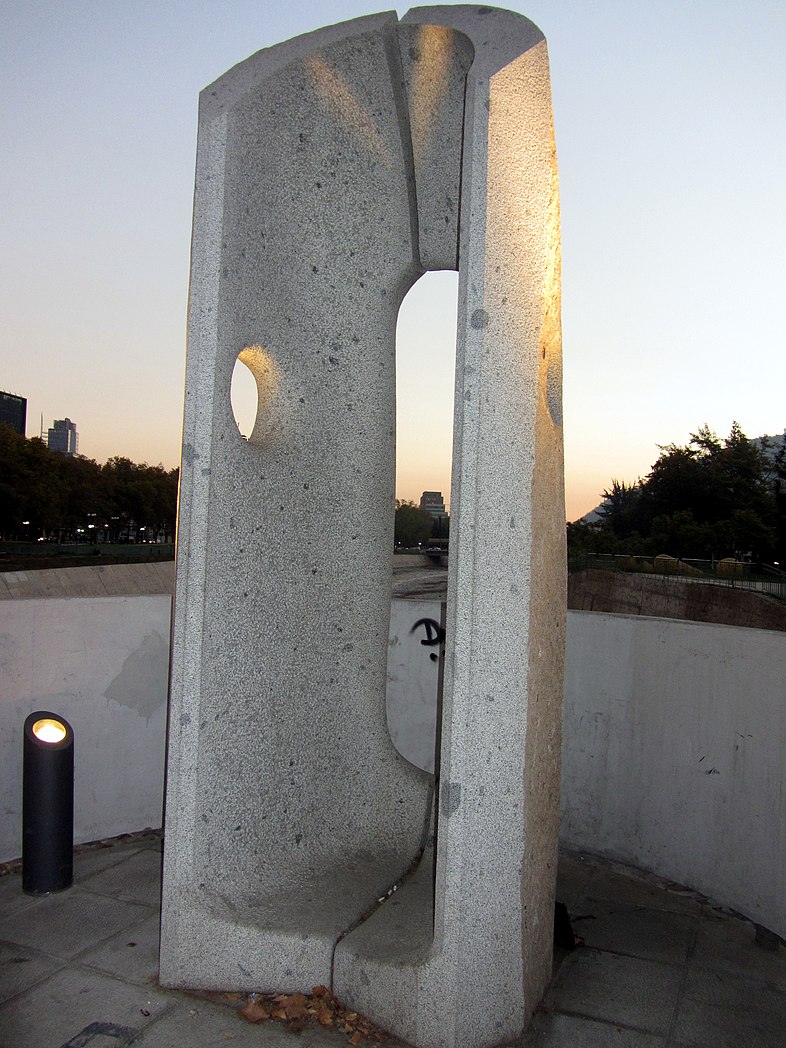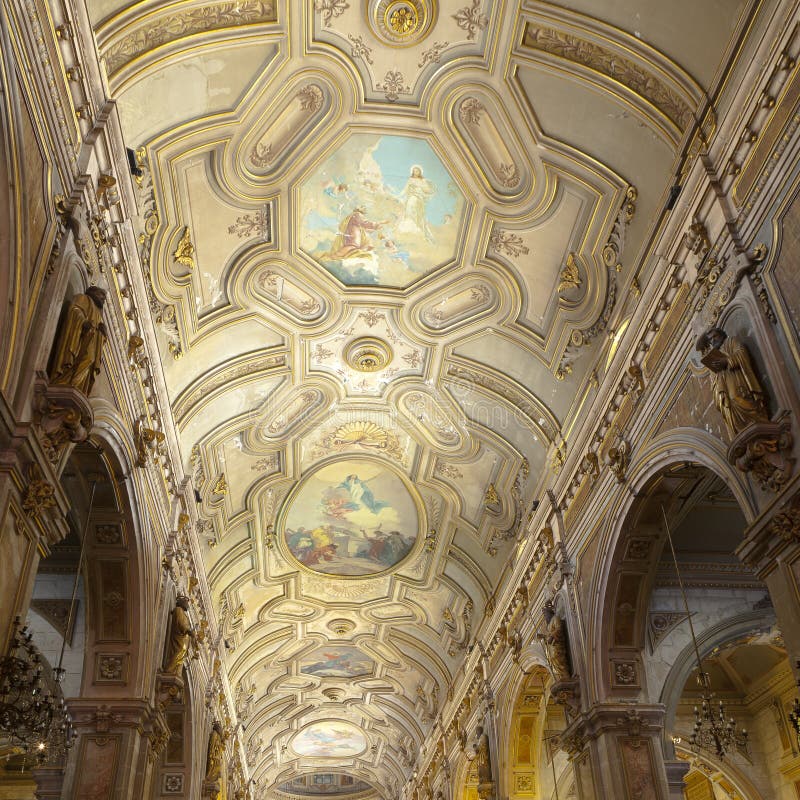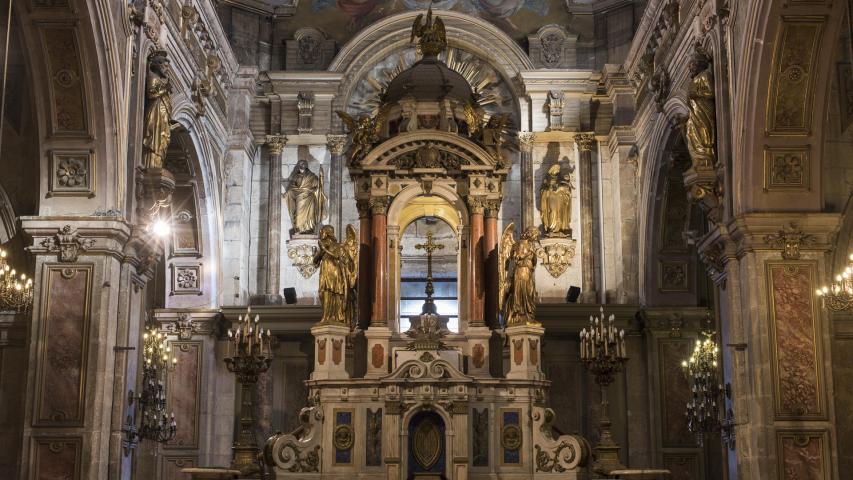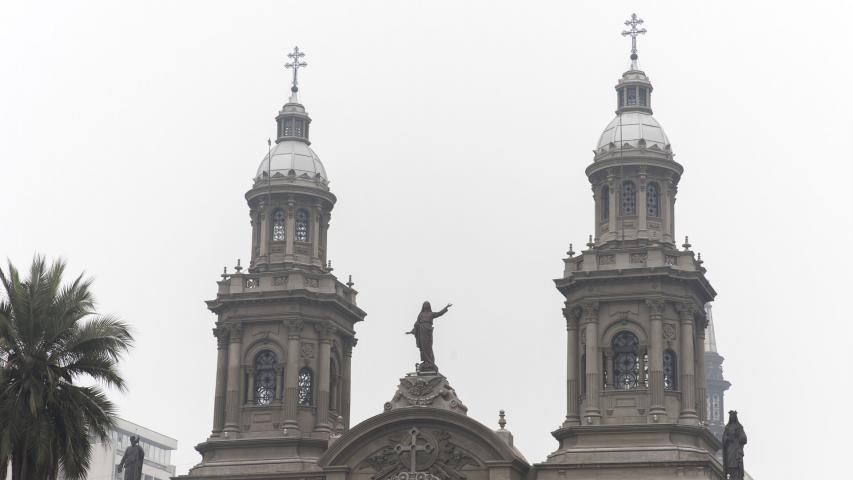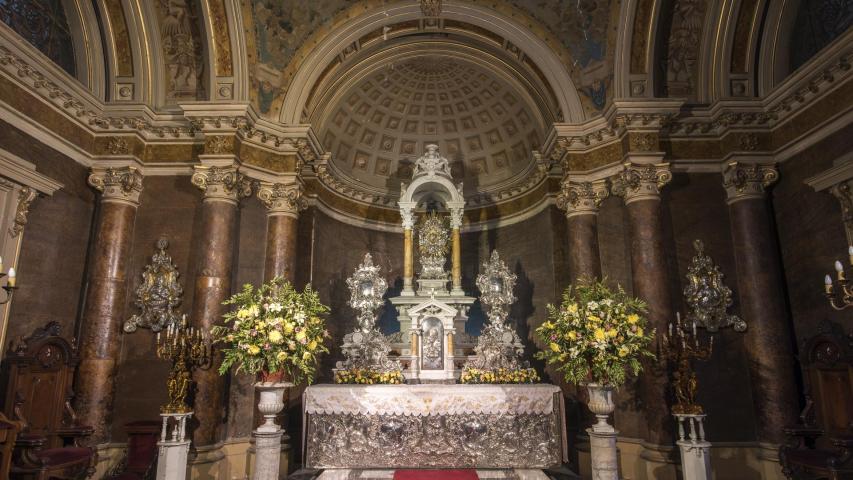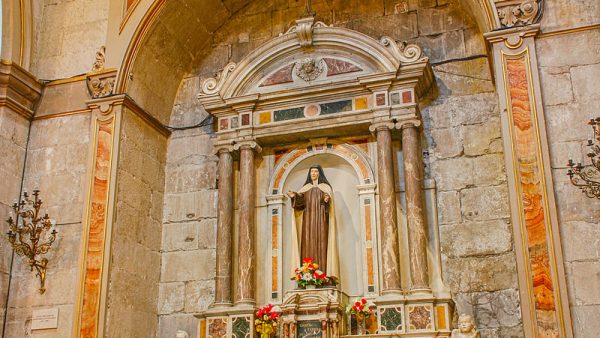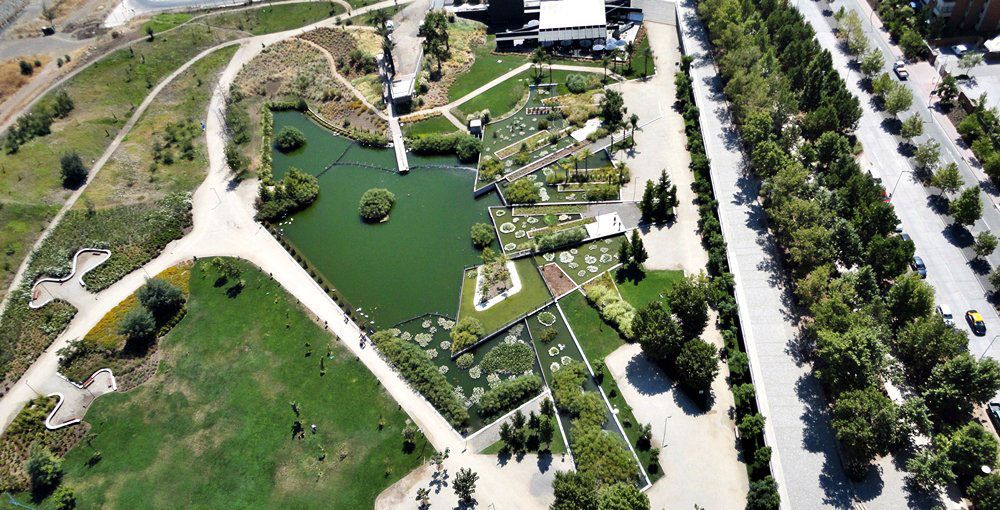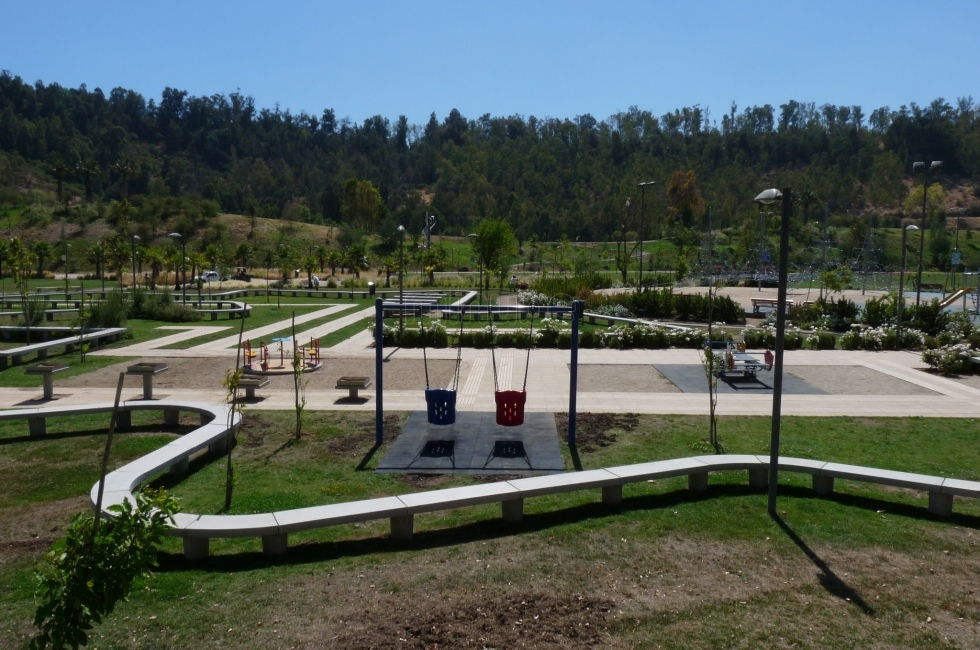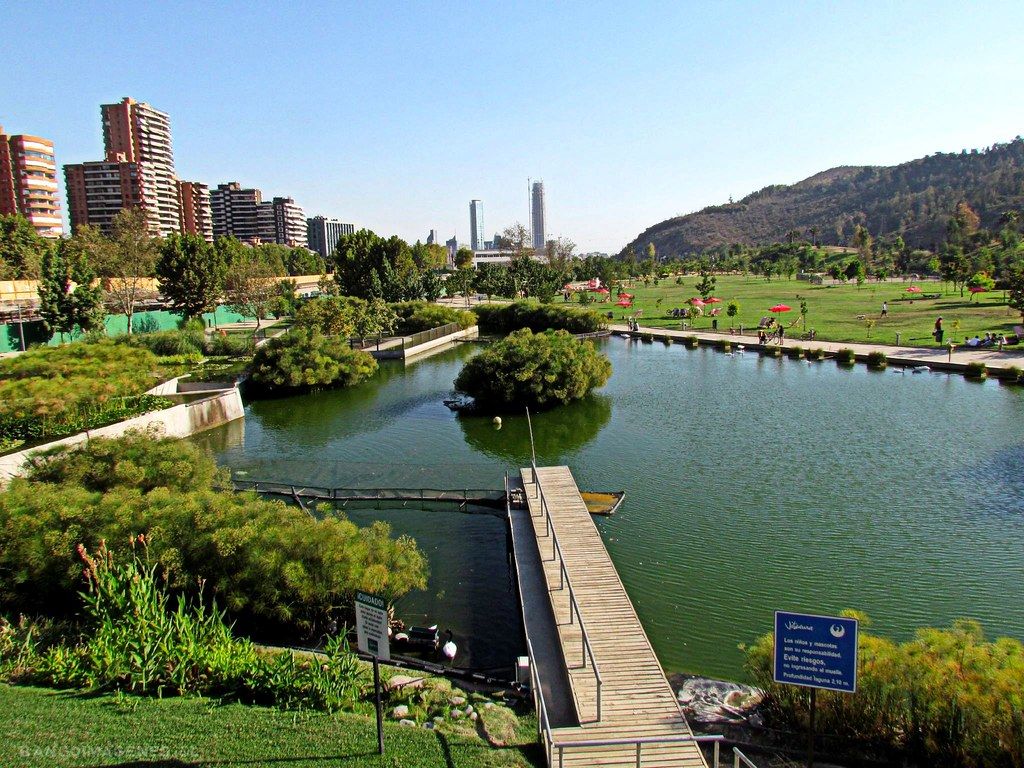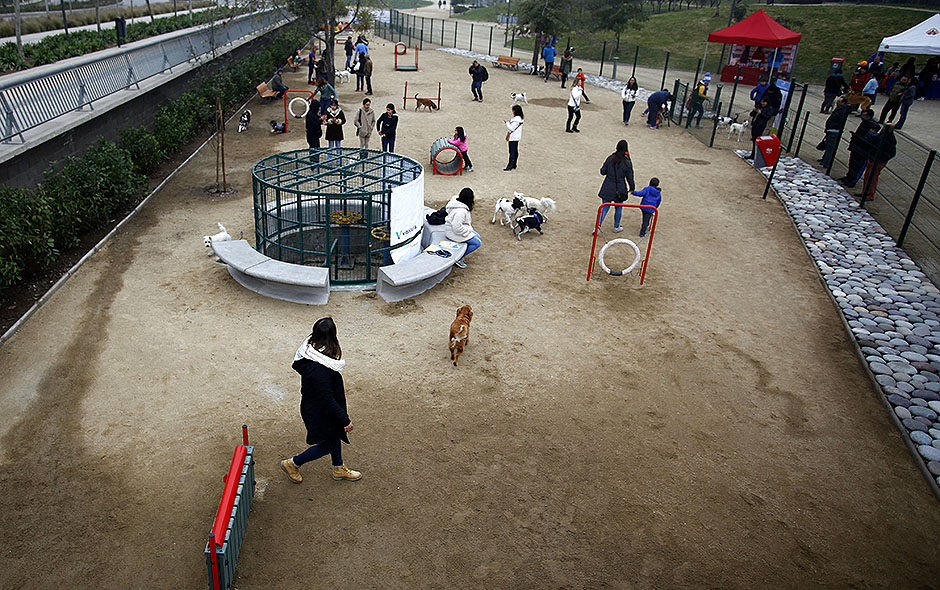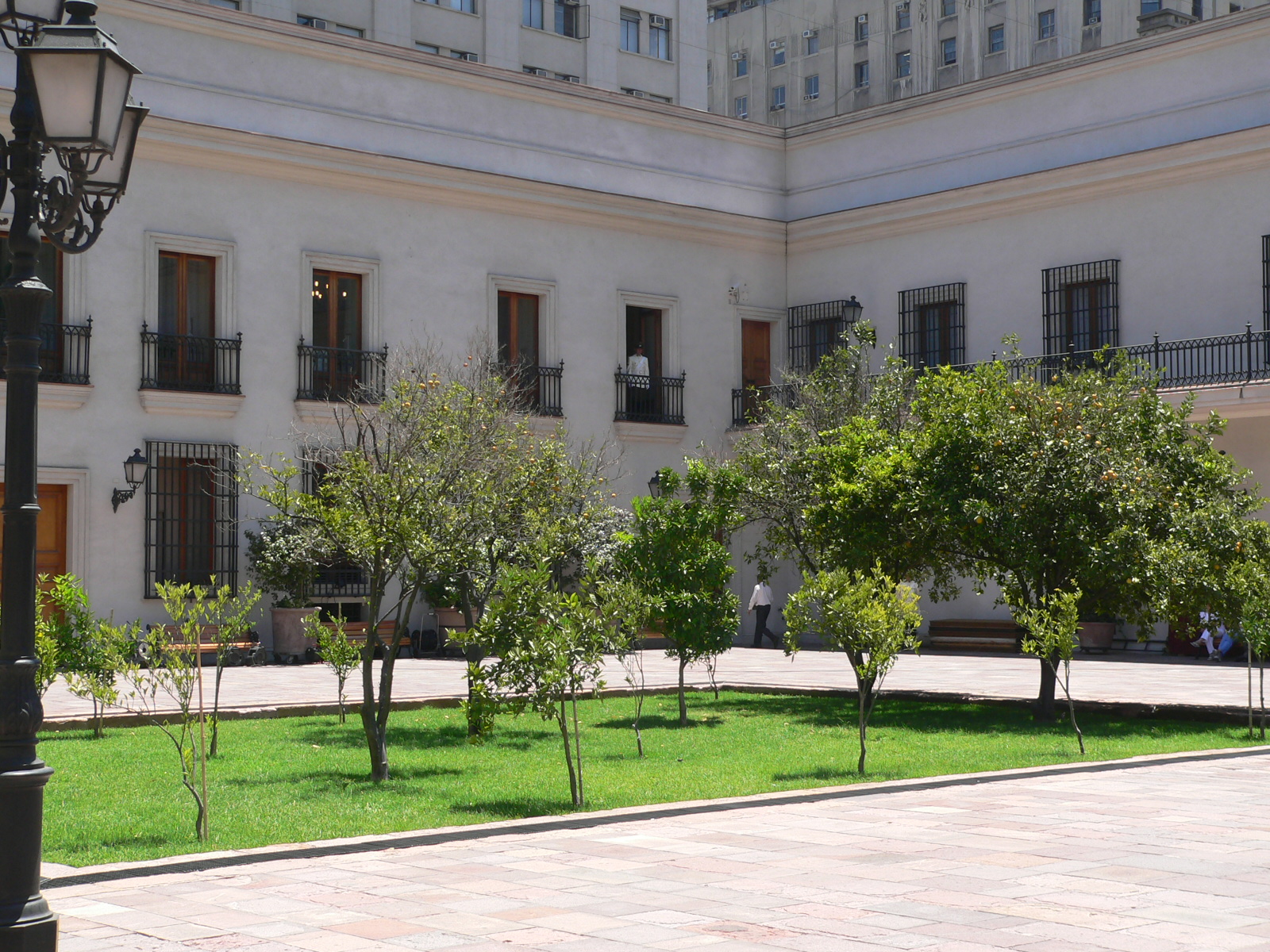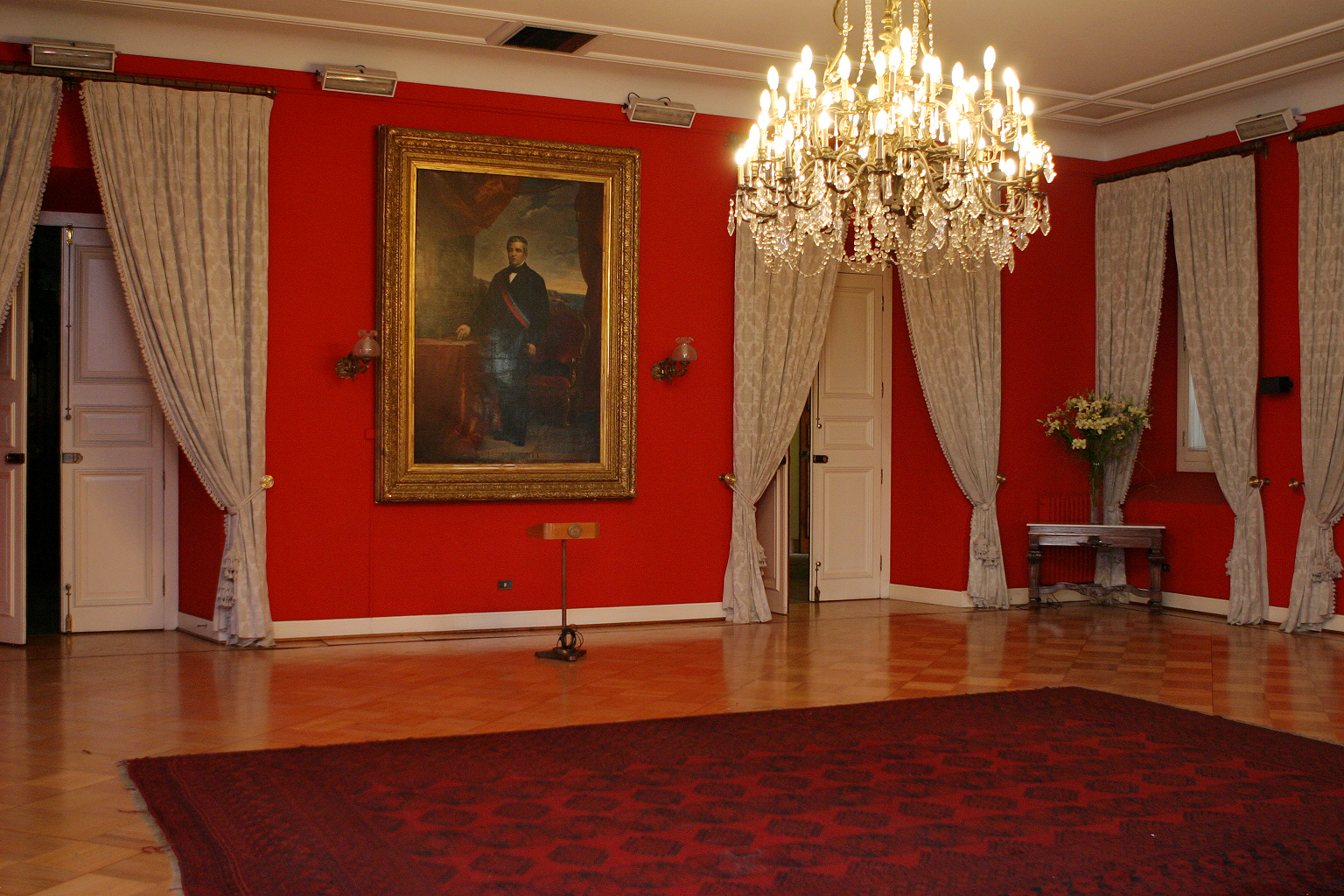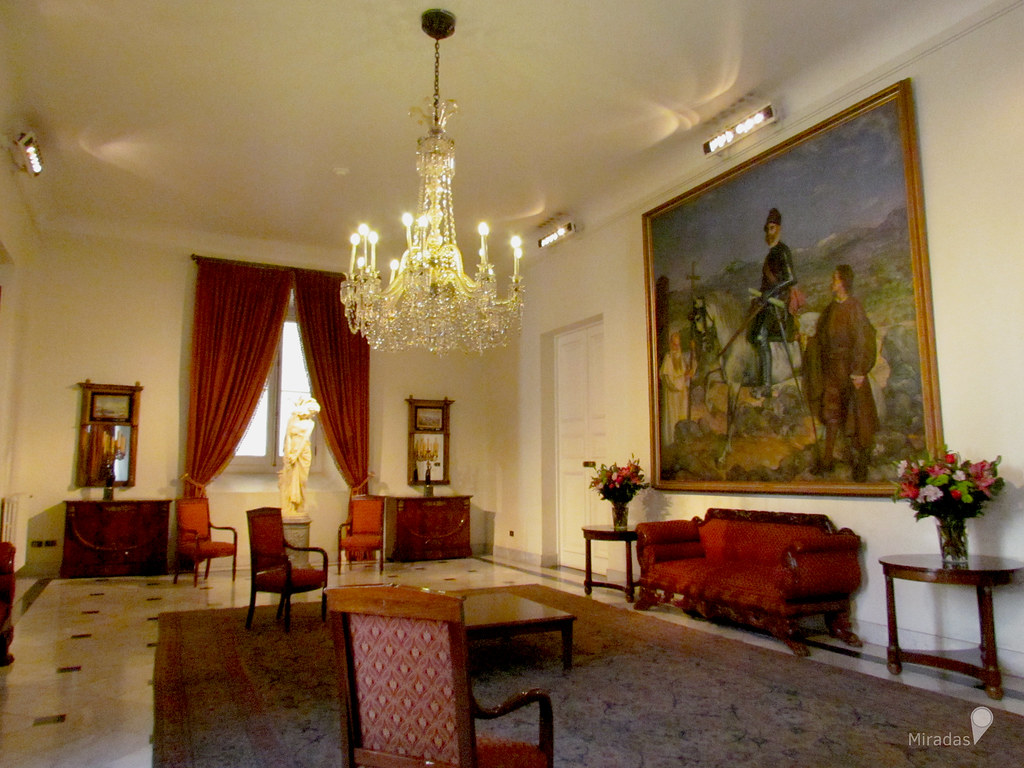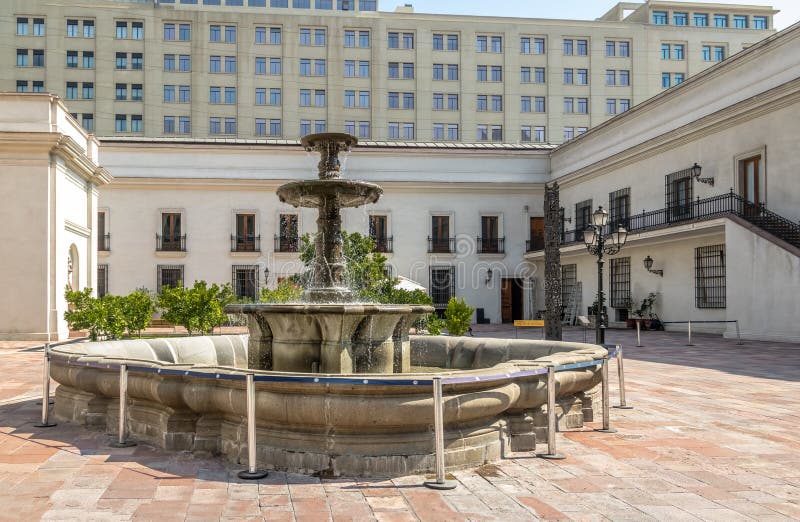Places to visit in
🗺️ 📍
Santiago is the capital city of Chile. It is located 543 meters above sea level, in the central zone of Chile. It has become a modern city of more than 6 million inhabitants, and it concentrates a large part of the country's cultural, economic, industrial and commercial activity.
It has a warm temperate Mediterranean climate,
with an average annual temperature of 14.5ºC.
Spring begins in September, the weather is mild and cool,
with maximum temperatures up to 28 degrees during the day, and it drops at night from 6º C (43º F) to 12º C (54º F).
Occasionally it can also rain.
Santiago is a cosmopolitan city that has a good quantity of places to see, in addition to a beautiful natural environment that you can enjoy on a short escape from the city.
Location
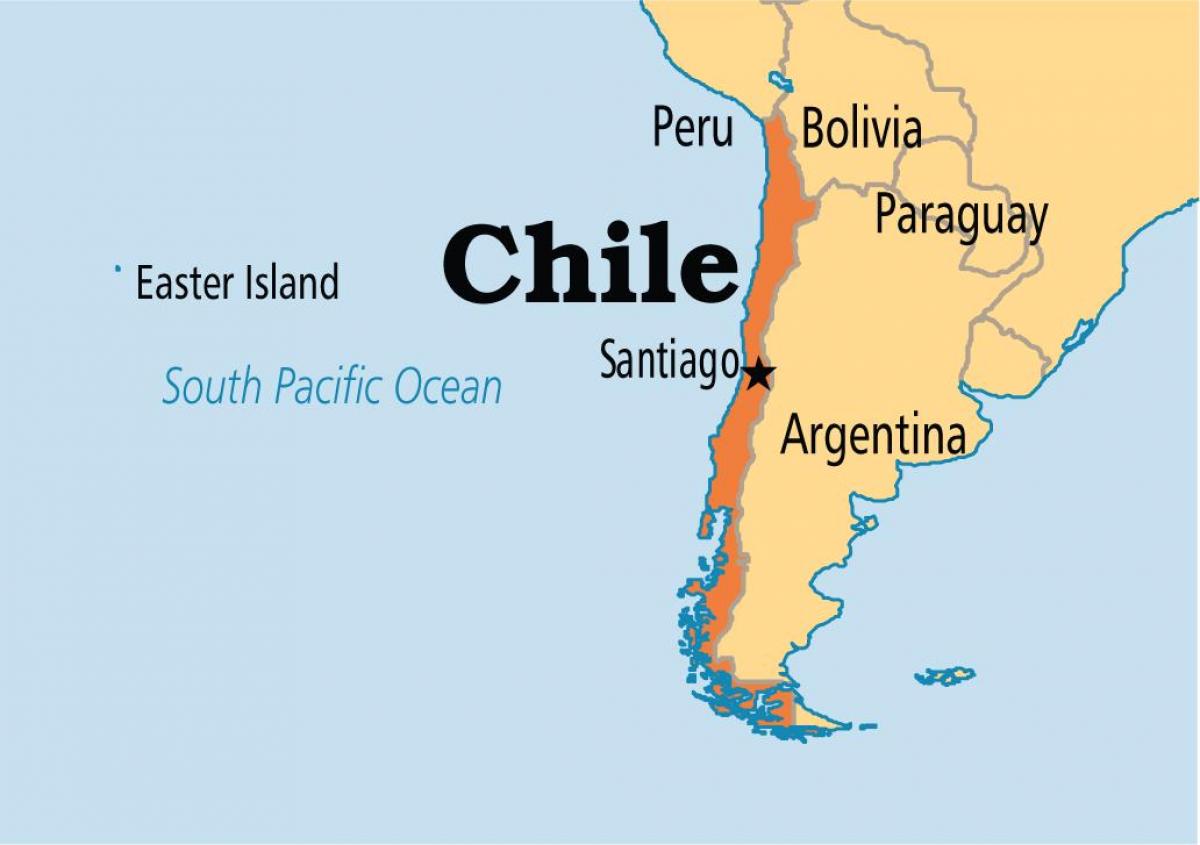

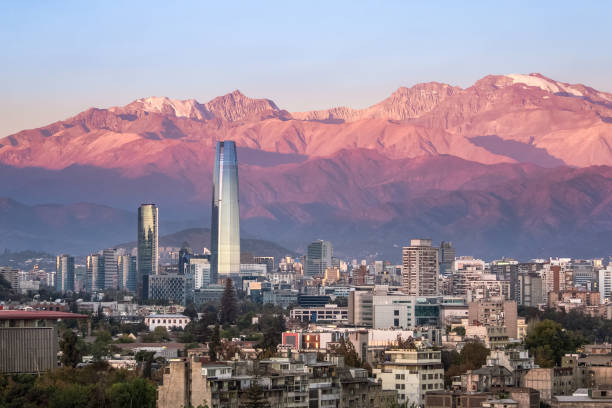
Some interesting places over here:

San Cristobal Hill

Cajón del Maipo
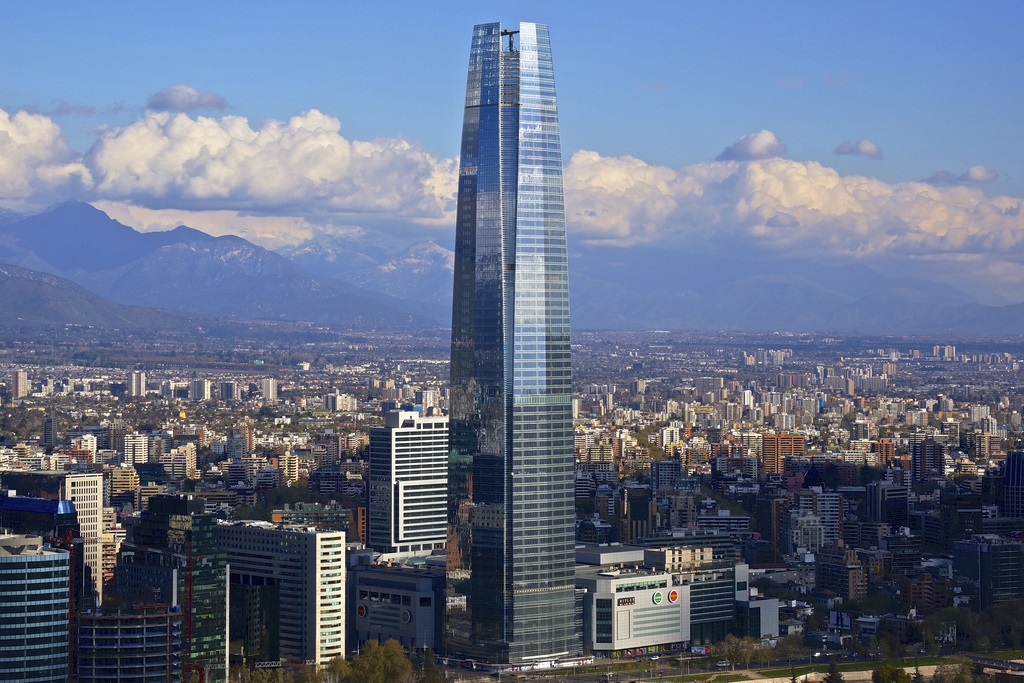
Gran Torre Santiago (Costanera Tower)
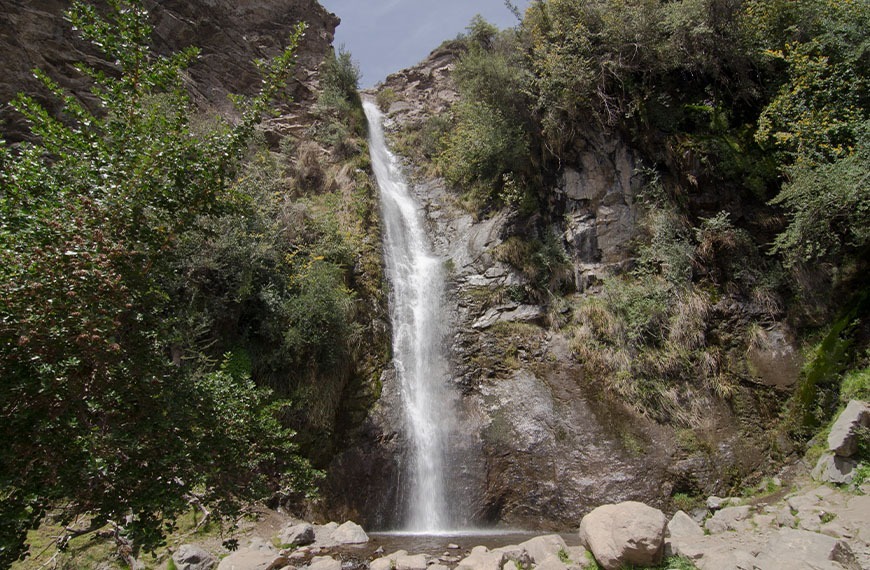
Aguas de Ramon Natural Park
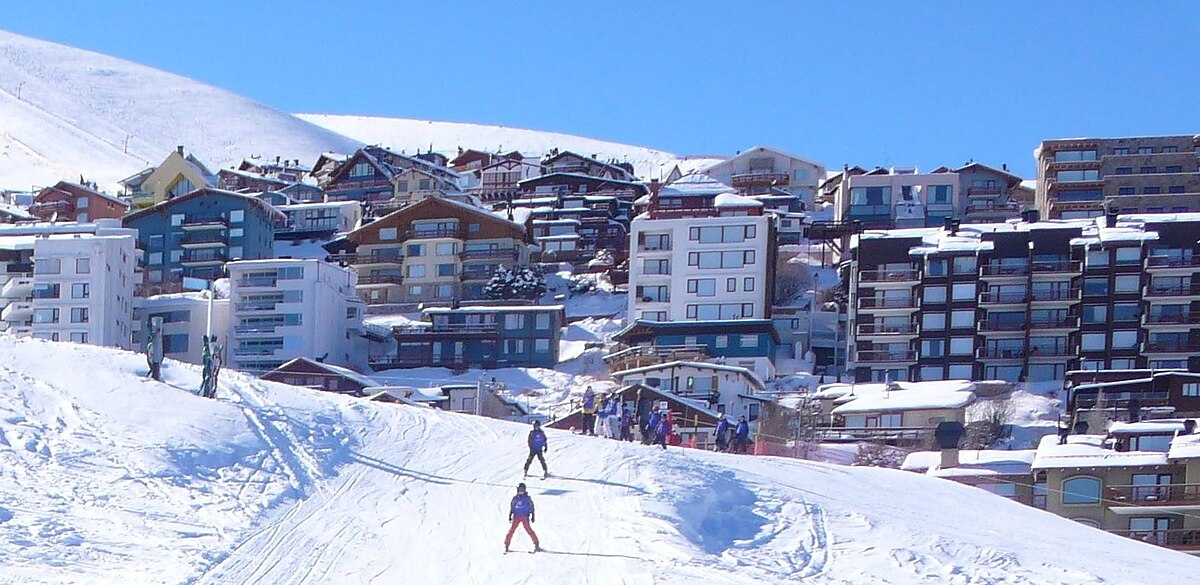
La Parva

Santa Lucia Hill

Sculpture Park Museum
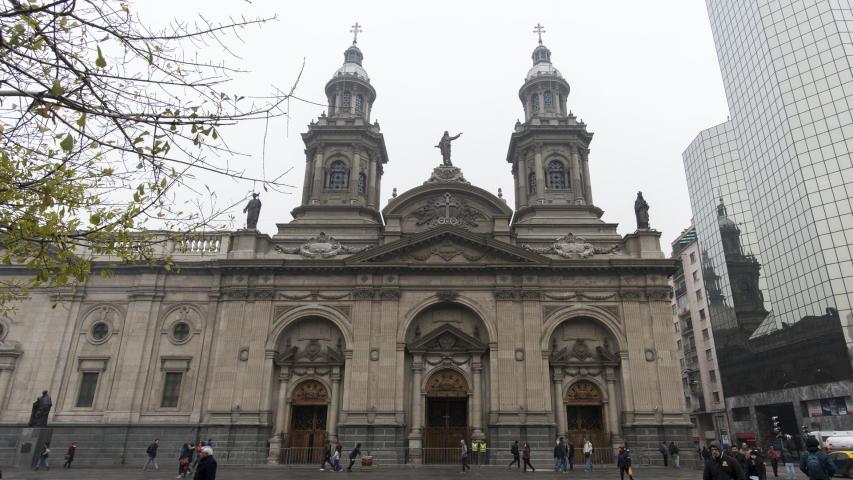
Metropolitan Cathedral
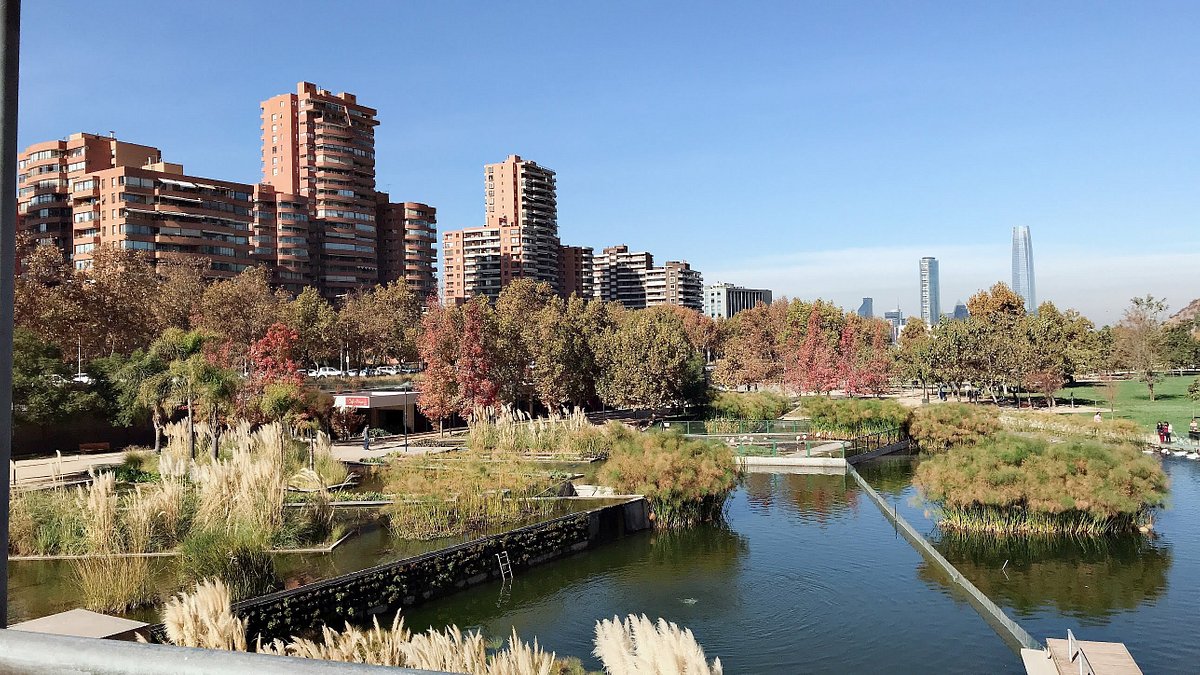
Bicentenario Park

Palacio de La Moneda
San Cristobal Hill
San Cristobal Hill is the biggest park in Santiago, and it's one of its most emblematic places.
It is located in the northeast sector of Santiago, at the meeting point of four communes: Providencia, Recoleta, Huechuraba and Vitacura. It is characterized by extending much of its southern slope around the banks of the Mapocho River. The summit of San Cristóbal is presented as the second highest peak, with 863 meters above sea level.The easiest way to get there is to get to the Baquedano subway station on line 1, and walk towards the hill.
There are two large areas located to the north and south of the NorthWest Highway, made up of 2 and 4 hills, respectively. To the north, there are the peaks closest to the mountain range: Polanco and El Carbón, and to the south, those that go into the interior of the valley: Pirámide, Los Gemelos (two peaks, hence its name), Chacarillas and San Cristóbal.
You can go up the cable car in a few minutes or choose to do it on foot (almost 2 hours) or by car or bicycle. The first stop of the funicular is at the National Zoo of Chile, an ideal option to do with children (it only stops there) and the second and last stop is at the hill itself where there are viewpoints, some food stalls and a sanctuary.
Following the paths that leave the viewpoint, we can see gardens and places to picnic. You can relax among the cherry trees, lotus flowers and beautiful ponds of the Japanese garden. You can also visit the public swimming pools.
In its 722 hectares you'll find the Virgen del Cerro de San Cristóbal sanctuary, the cable car (dating from 1925), Chile National Zoo, swimming pools, picnic zones, children playgrounds, sports
courts and even an astronomical observatory.
Chile National Zoo is the most important zoo in Chile, home to 158 species, several of which are native to the country. The zoo focuses its work on
rescuing and conserving native species, especially those of them threatened with extinction.
You can see the famous Humboldt penguins, Darwin frogs and the imposing Andean condor, among others.
If you want to see it in all its magnitude, you should go up the Costanera Center (Sky Costanera) viewpoint.
San Cristobal Hill
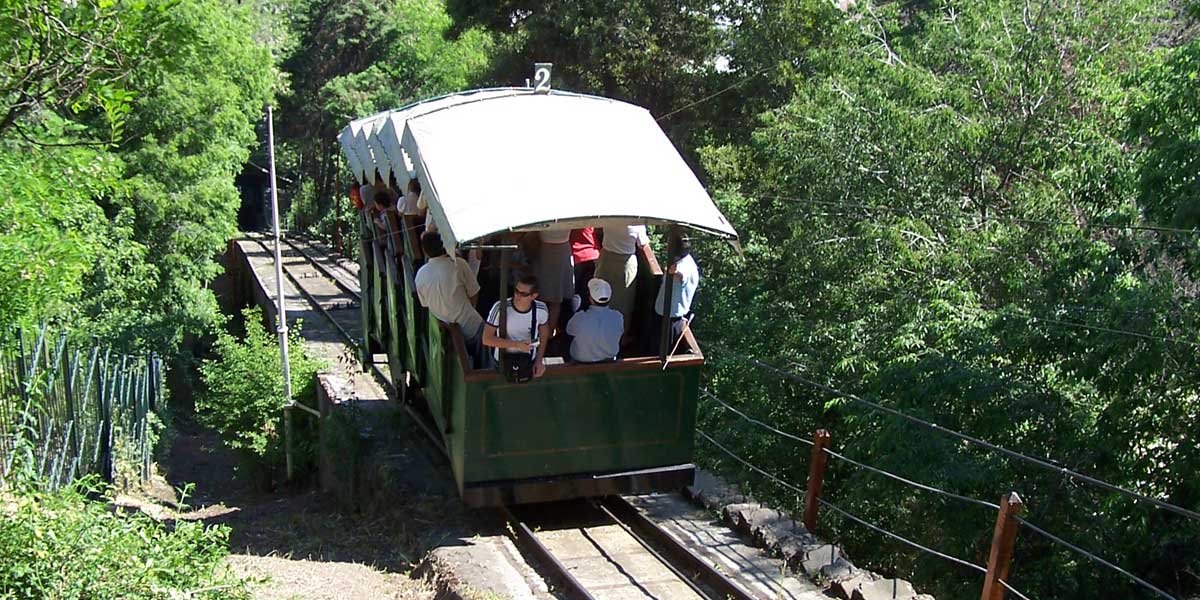






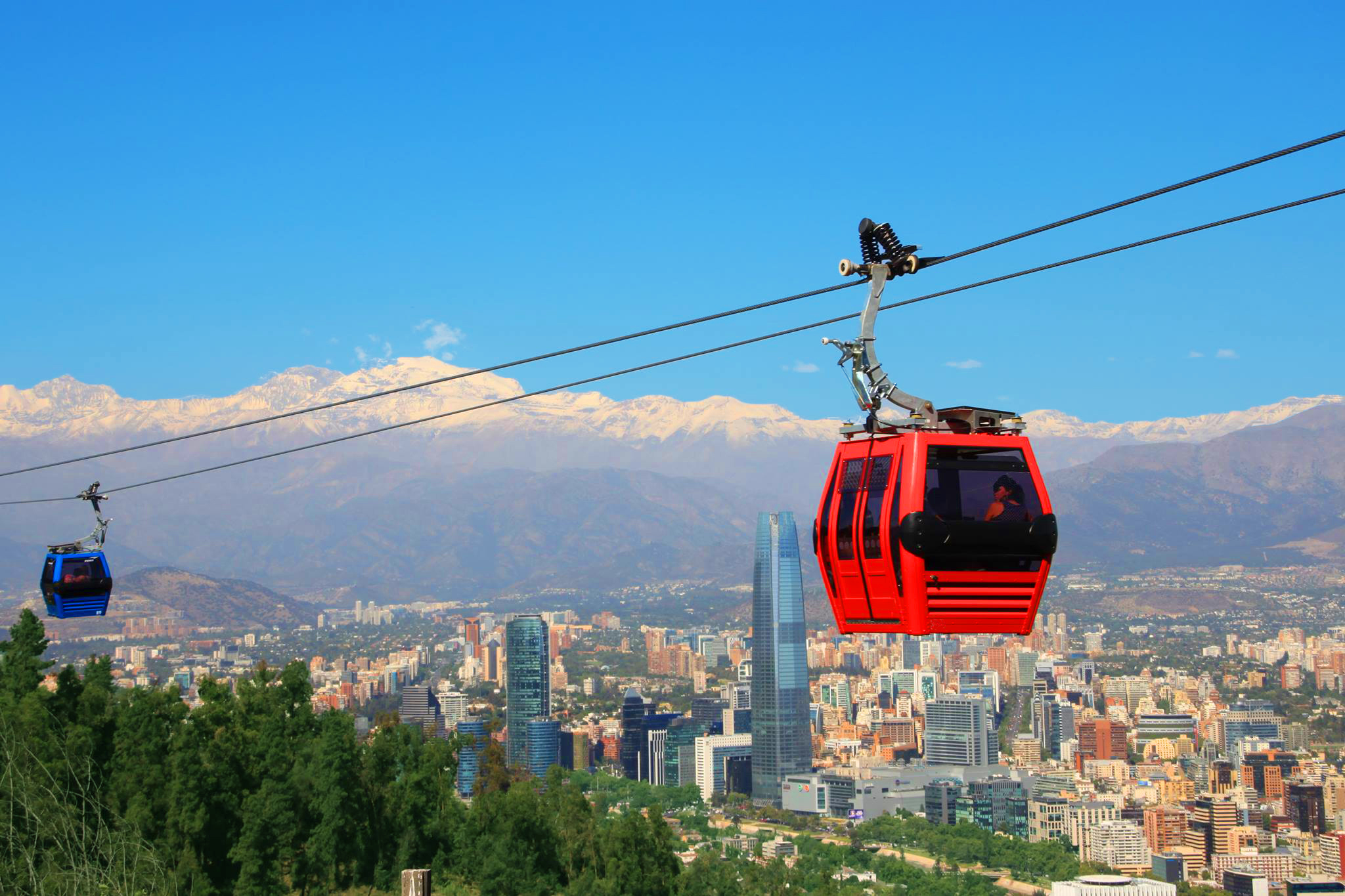
Cajón del Maipo
The Cajón del Maipo is an amazing tourist destination, formed by wonders that can be found just at the Andes mountains, like its rivers, waterfalls, valleys, hot springs, and also its vegetation and wildlife, unique in the country. It is only steps away from Santiago. It has endless attractions waiting to be discovered by you.
You can try the local gastronomy: 'empanadas' cooked in a clay oven, kneaded bread and dried fruits extracted from home gardens. If your palate calls for something sweeter, its tea rooms are famous for their handmade chocolates and pastries dipped in caramel sauce.
Its main town is San José de Maipo, capital of the commune, and its the ideal place to start to know the area. In the middle of a colorful architecture, visitors will find a series of services to enjoy the area. Besides that, other areas with great touristic attractions also stand out, as El Yeso, El Colorado, San Gabriel, El Manzano, among others.
Some places have access to the river (case of campsites adjacent to the river) where you can also swim. Another cheaper alternative is the area of El Manzano, where there is a popular spa. In this place, people leave their vehicles and bathe in the river, which has very little flow before emptying into the Maipo River.
With great attractions throughout the year, this is a great place both to enjoy nature and to practice different sports. In winter, the snowy mountain range offers wonderful views, and centers for sports practicing such as skiing; and in summer, visitors can relax in its campsites and cabins. In both seasons it is possible to go trekking, hiking and horseback riding in search of spotting condors and peucos.
Generally, when it rains in the city, there is the possibility of snow in the Cajón del Maipo, from San Gabriel to the higher areas. You should be careful with vehicles in the extreme hours of the morning and afternoon, because the snow can turn into ice, which can be dangerous.
Also remember that these areas have gravel roads, so it is better to go in powerful vehicles.
During winter season, you can access the Lagunillas ski center, either in your own vehicle (hopefully 4 × 4, you must have chains), or also by hiring private transport on site or from Santiago.
Within the category of ski centers, Lagunillas is the cheapest in relation to the others (Farellones, La Parva, Valle Nevado, El Colorado in the Mapocho area and Portillo in Aconcagua).
Cajón del Maipo

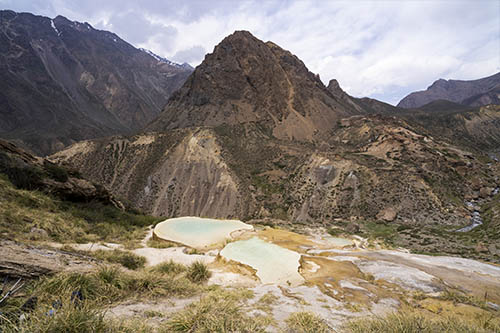
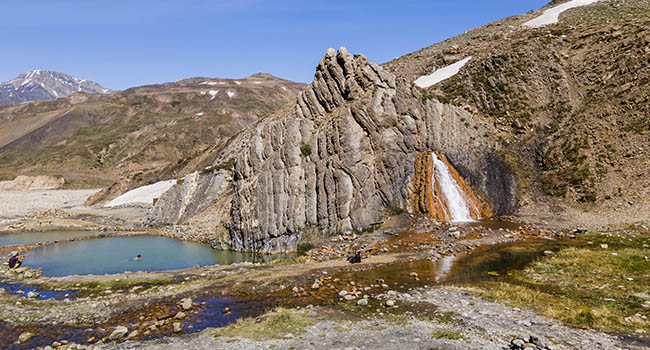

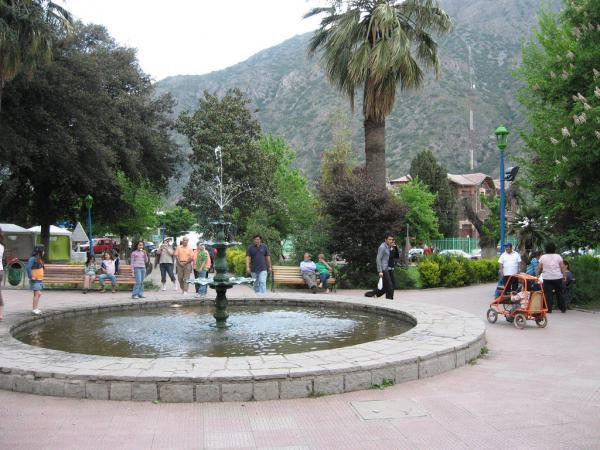
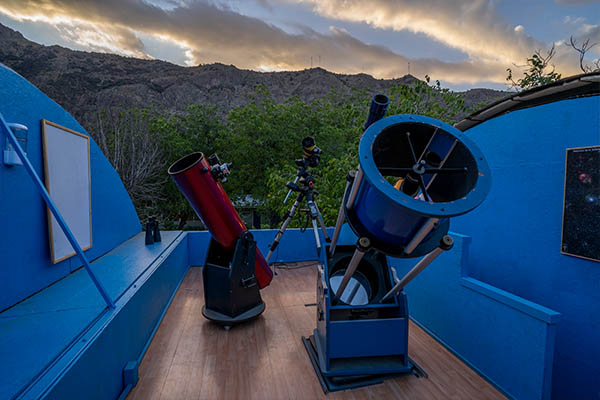
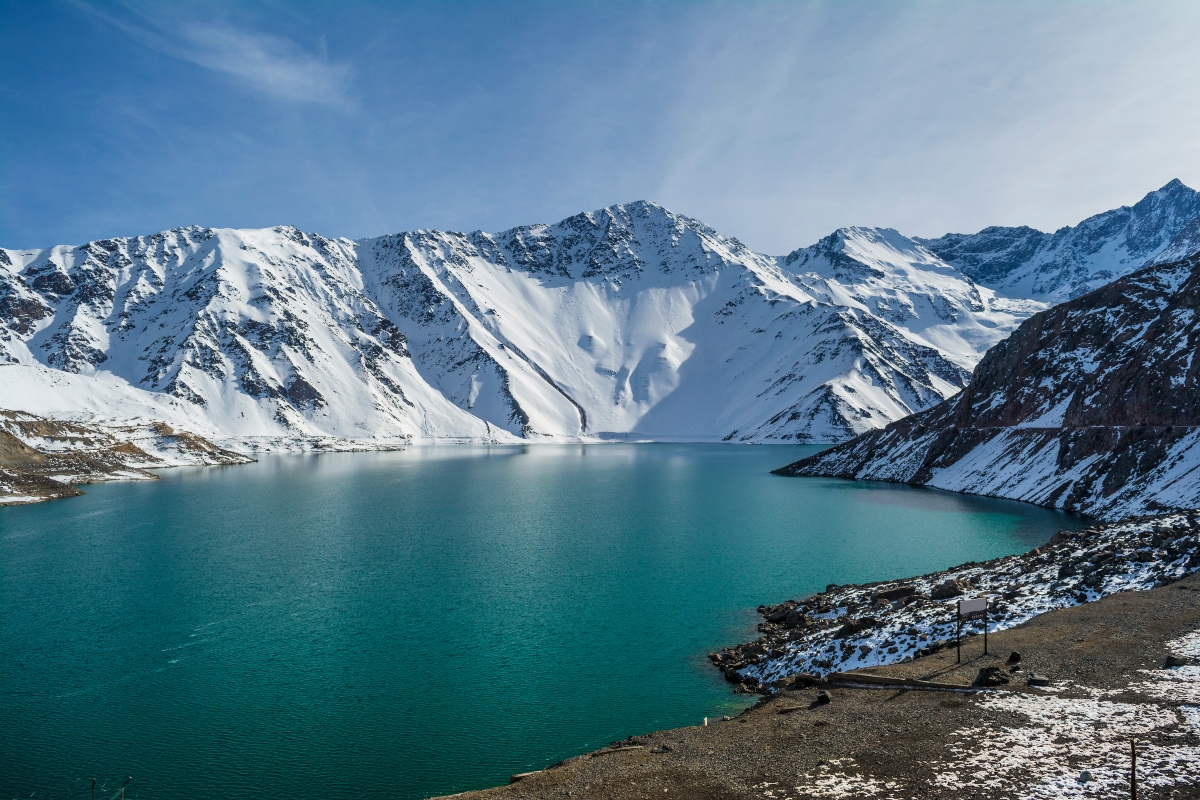
Gran Torre Santiago (Costanera Tower)
The Costanera Center tower -officially Gran Torre Santiago– is a 300-meter-high, 62-story building inaugurated in 2014.
The construction of this building began in June 2006 and ended in 2013, at a cost of about 495 million dollars.
This building was also designed and built following certain sustainable criteria, such as efficient water management, or the use of anti-radiation glass.
It is part of the Costanera Center commercial complex, comprising a shopping mall, two hotels, and two office towers.
Inside it, there are 24 elevators that allow you to move around the building.
Until 2020 it was the tallest skyscraper in Latin America, but that year it was surpassed by only 5 meters by Torre del Obispado in Monterrey, Mexico.
It is also the third tallest tower in the southern hemisphere, after "Queensland Number One" (323 m) and Australia 108 (318 m), both from Australia; and it is the fifth tallest structure, taking into account the Sydney Tower (309 m) and the Sky Tower (328 m) from New Zealand.
The design of the skyscraper was in charge of the Argentine architect César Pelli, owner of Pelli Clarke Pelli Architects of the United States; leaving the design of the commercial complex in charge of Watt International of Canada and the offices of Alemparte Barreda y Asociados architects from Chile.
The most used materials in the construction of this tower were steel, concrete, glass and aluminum. The Gran Torre Santiago building is designed to be able to withstand large earthquakes and strong winds, with an oscillation in its upper part of up to 35 centimeters.
Sky Costanera is a viewpoint and tourist attraction located on the 61st and 62nd floors of the tower (at 253 m and 261 m above the city surface, respectively). It was opened on August 11, 2015 and has a glazed observation deck on the 61st floor and an open-air platform on the
62nd (which is accessed by escalator).
This viewpoint is a "must" for those who visit Santiago, since it allows you to appreciate emblematic points of the capital in 360 degrees, such as the Andes mountain range and the Metropolitan Park.
You can buy the access ticket in the lobby of the Mall Costanera Center.
Sky Costanera schedule:
- Monday - Sunday (holidays included) 10:00 AM – 20:30 PM
- The last elevator ride going up is at: 20:00 PM
The easiest way to get there is to go to the Tobalaba subway station on line 4 or line 1. Once you arrive, you will have to walk about 4 to 5 streets, and you will reach the main entrance to the shopping center.
Gran Torre Santiago (Costanera Tower)
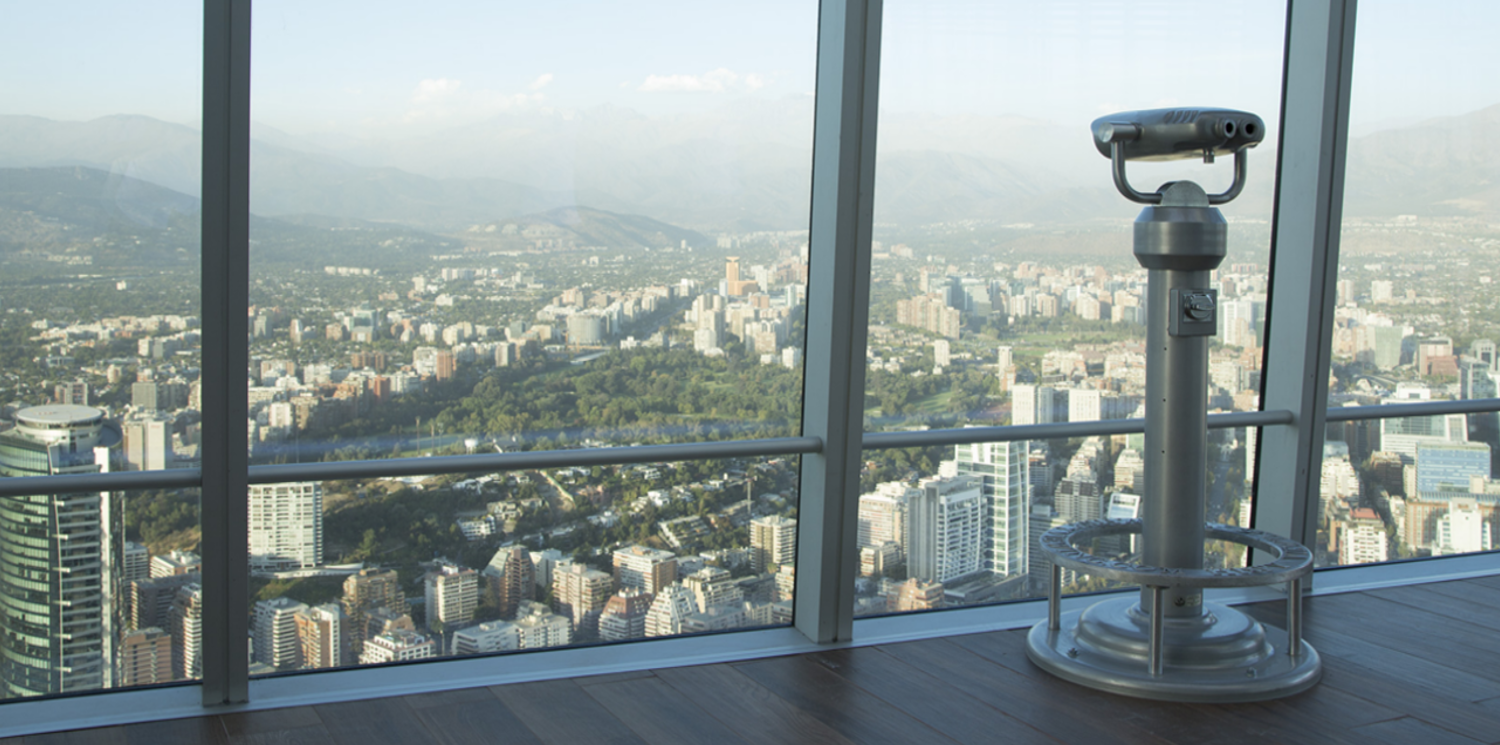


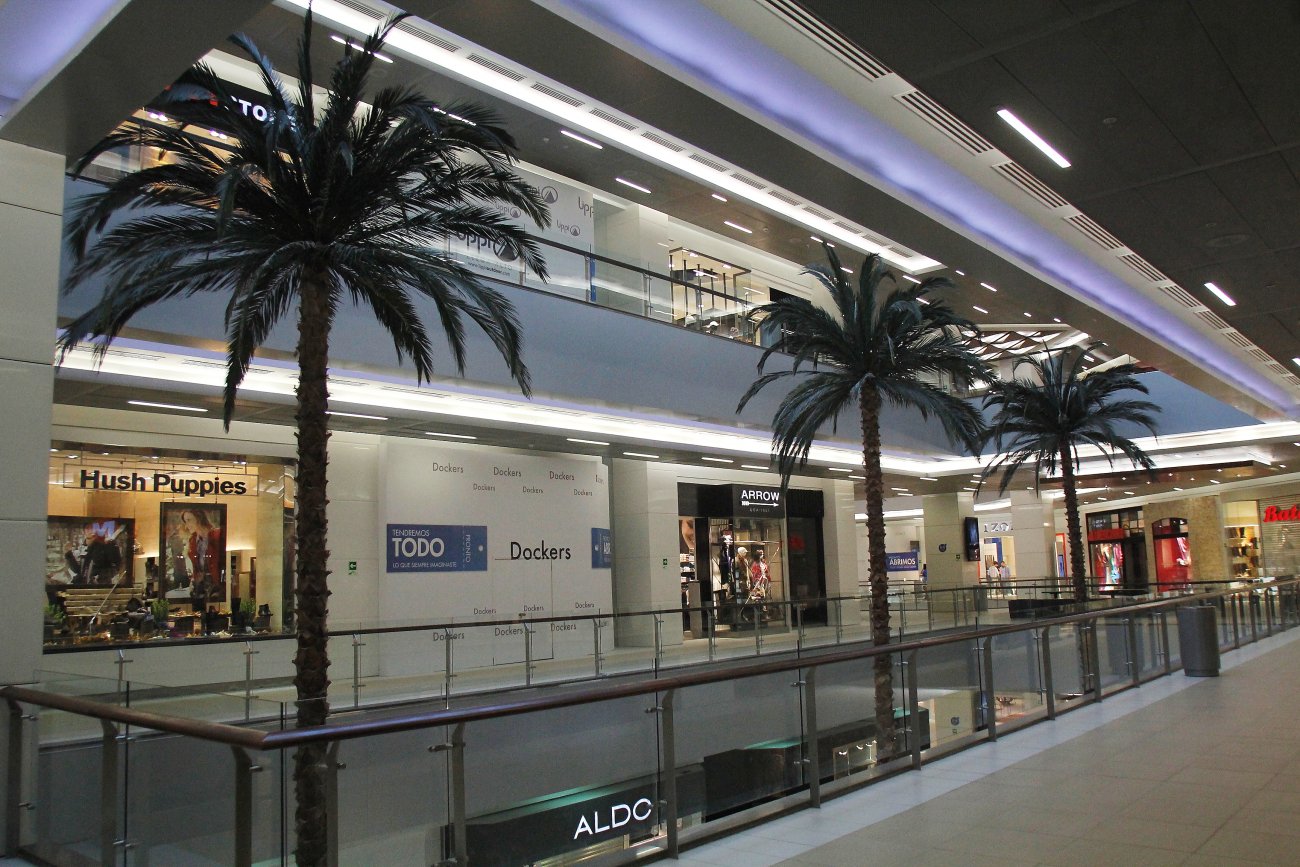
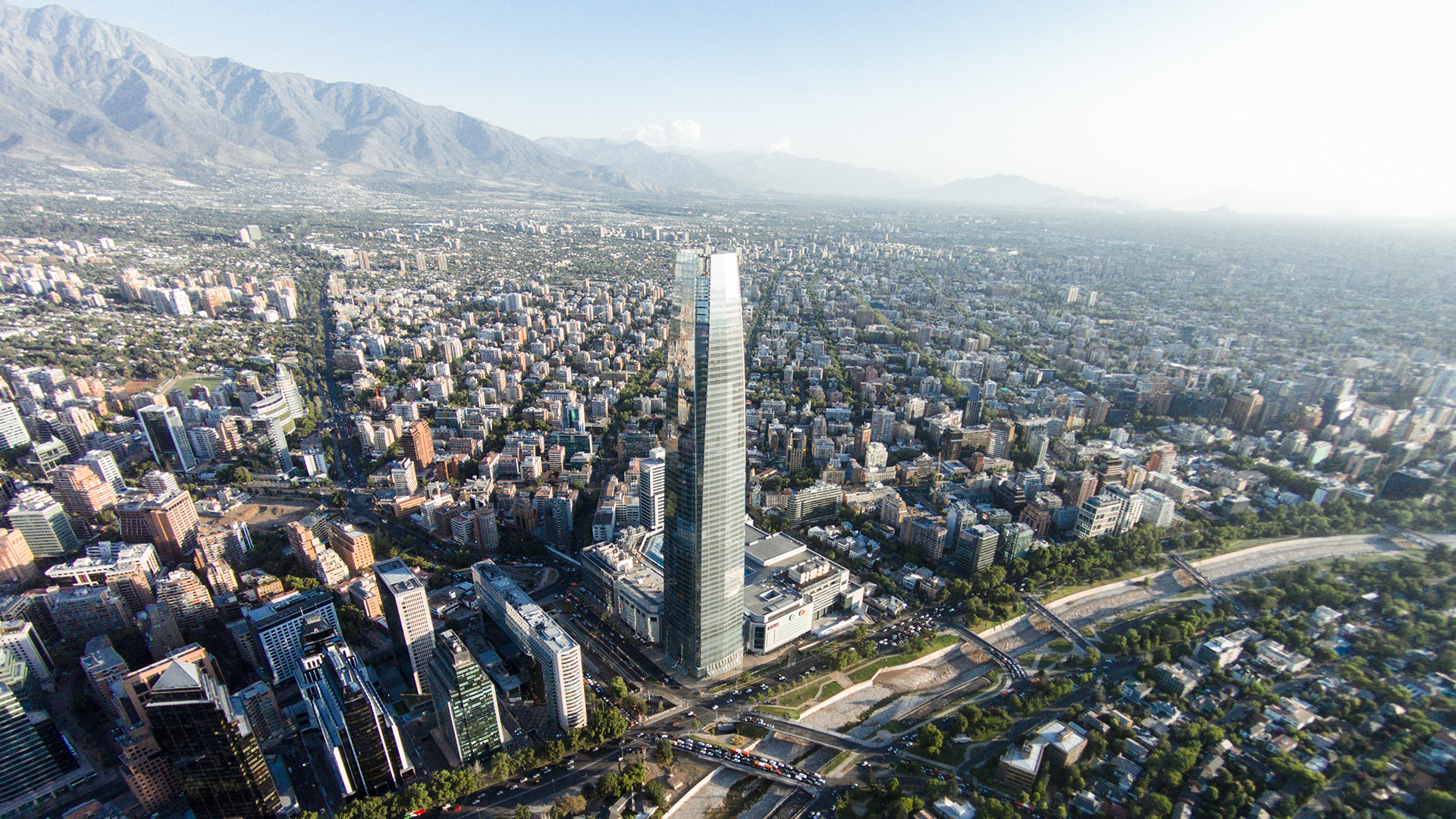
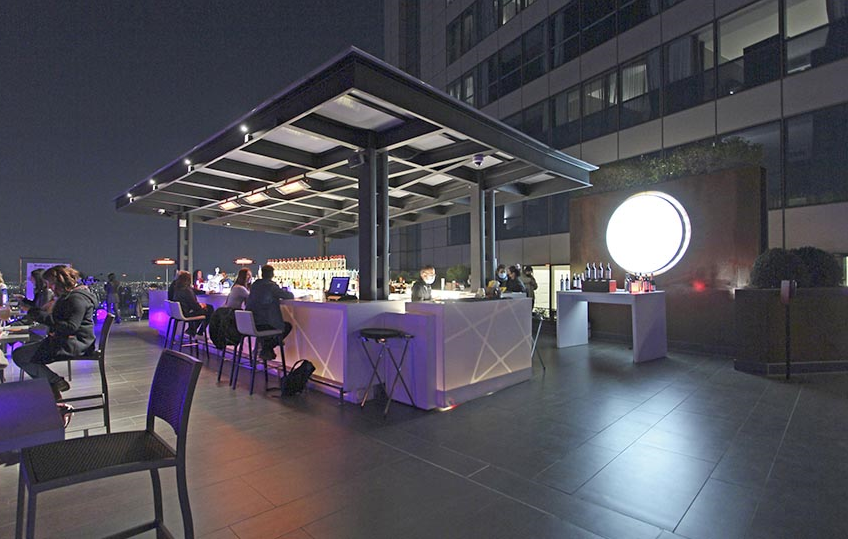
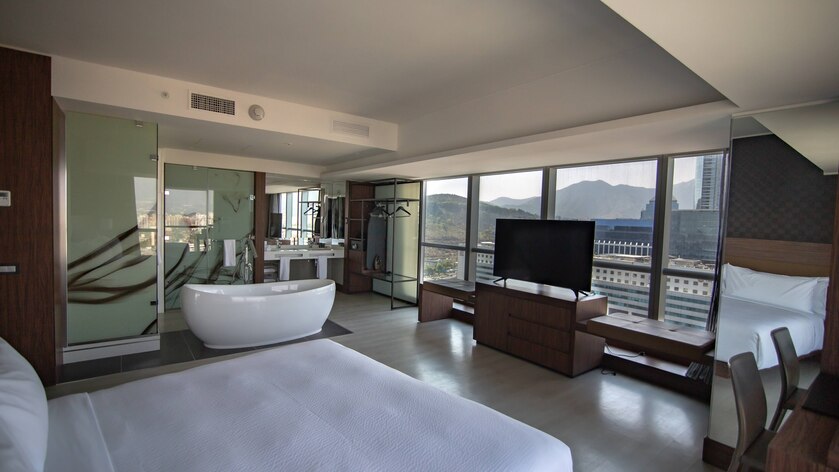
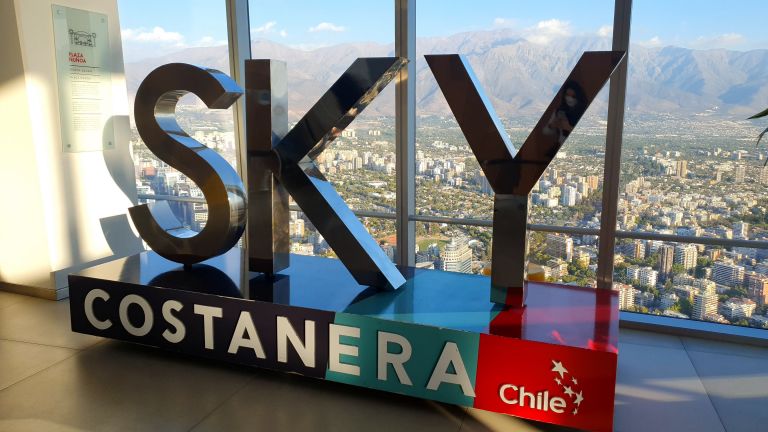
Aguas de Ramon Natural Park
Its name is due to the estuary that rises from Cerro Ramón, a hill over 3,000 meters high that is right in front of the park. The park itself is located in La Reina Alta, going up Calle Onofre Jarpa from Plaza La Reina. The entrance is on Álvaro Casanova street, and you can enter from 8 AM.
It's easy to get to the park. You have access using public transport; you can use the buses from zone D (D18 and D08), get off at Plaza de La Reina and then walk approx. 25 min. along Avenida Onofre Jarpa to the entrance of the park.
There is also the subway option, Príncipe de Gales station. Then you can take the 412 bus to the Principe de Gales intersection with Valenzuela Llanos, and then walk to the end of the street.
This park has four trails:
- The first one is El canto del agua: it is only one kilometer long and, in approximately 25 minutes, we can go through the area around the administration, and there is a picnic area very close to the estuary.
- The second one is the Paleontological Route: which bears this name because the remains of a gomphothere were found there, the prehistoric animal that lived in South America and is very similar to elephants.
- El Peumo: this will take two hours (or maybe less), to reach a dense and shady 'peumos' forest that is very close to the estuary. If you go in summer, you will have the option of using the amazing dry ecological bathing, which are open to the public.
Unlike the previous trails, on the El Peumo trail we will also have a rehydration point. - Salto de Apoquindo: It is relevant to say that this route should be started early, since it takes about 7 hours, where the prize is to find an impressive 30-meter waterfall born from Cerro Provincia. The journey is more intense, but full of amazing routes.
This trail offers demanding paths, spectacular forest formations and viewpoints with wonderful views, so it is not for everyone, and it's recommended to be in good physical condition.
It is recommended not to use flat shoes due to the risk of falls and accidents, and you can't go with dogs either, as they can put the local fauna at risk, such as foxes and birds, which walk at ground level.
The trekking routes enter the valley, where you can see hanging bridges, picturesque waterfalls, river crossings and amazing views in an absolutely striking natural environment. In winter, patches of snow can be seen on the route.
Aguas de Ramon Natural Park
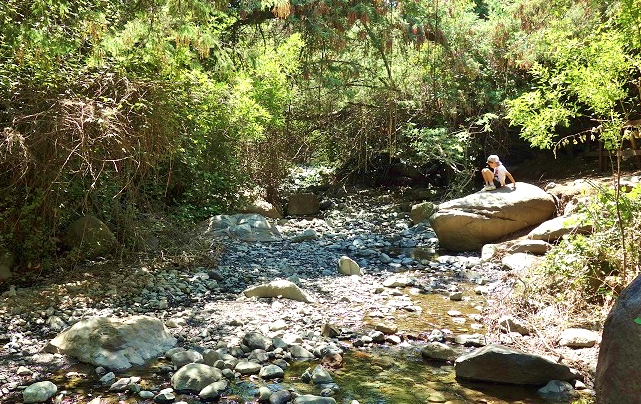

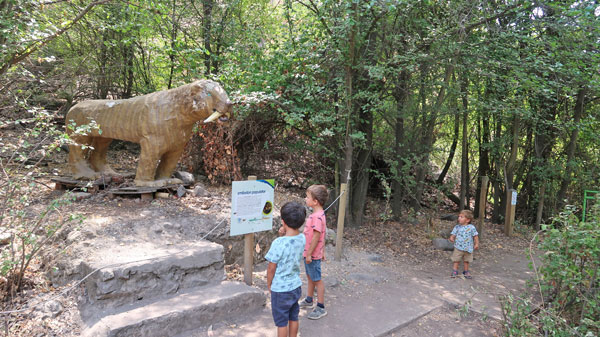
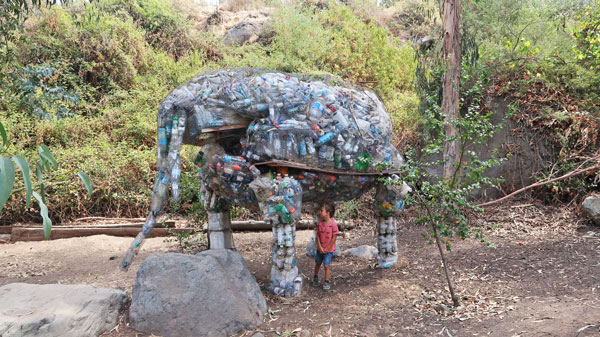
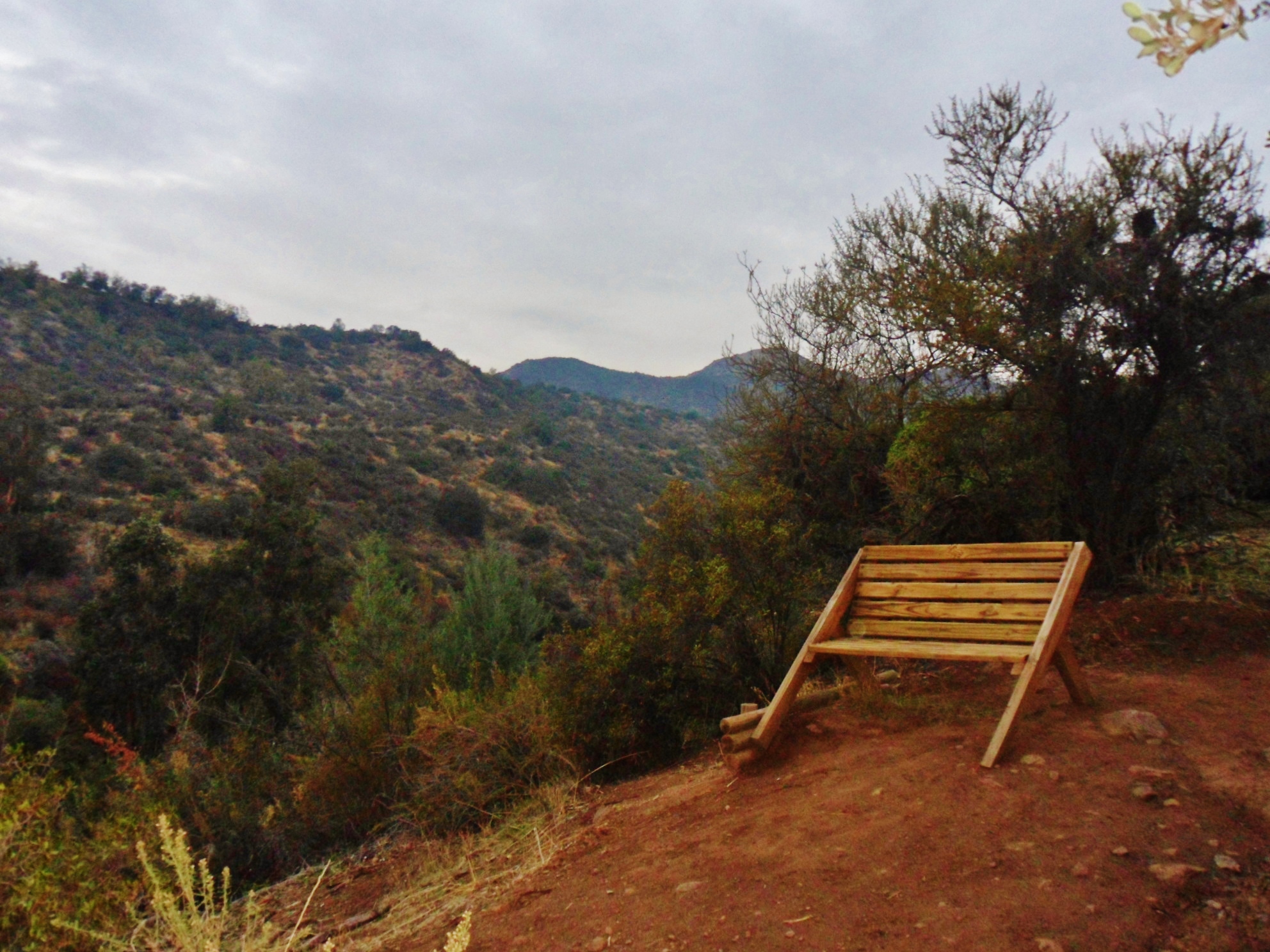
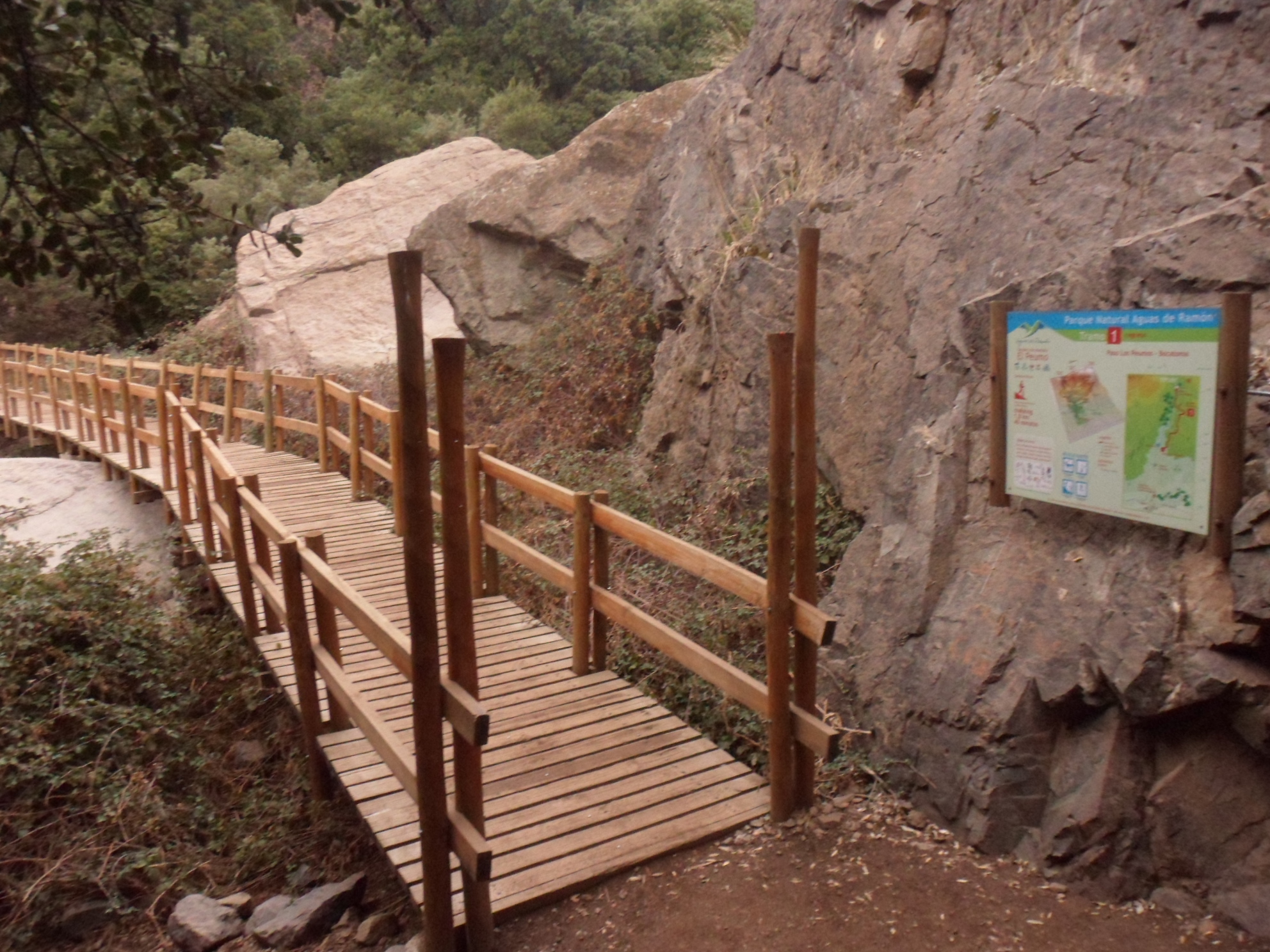


La Parva
Located 50 km east of Santiago, within the Metropolitan region. You travel 35 km along the paved road to Farellones, and then 6 km more until you reach La Parva
The La Parva ski center is located within the Barnechea mountain range and, with El Colorado and Valle Nevado, it's considered the largest ski area in South America. It has 38 kilometers distributed in 30 extensive and varied slopes, designed for all ski levels, which can be interconnected with those of Valle Nevado.
It has an impressive 800,000 hectares of skiable terrain, although most of them do not have slopes. Specifically, there are 38 kilometers of signposted routes that are divided into
40 tracks of the following difficulties: 13 are easy, 17 are intermediate and 10 are difficult. In addition, there are 5 kilometers specially prepared for cross-country skiing and it also has a snowpark. La Parva also offers the possibility of heliskiing and night skiing on weekends (in the La Paloma and Golondrina areas).
As for slopes, La Parva has green slopes for beginners, blue for intermediate, red for advanced and black for experts, whose slopes range between 30 and 983 meters. These are prepared overnight by snow plows and snow planers, in order to offer ski slopes in optimal conditions.
The center has 14 lifts: 2 quadruple chairs, 1 triple chair, 1 double chair and 10 drag chairs.
The La Parva station reaches a maximum height of 3,574 metres, and a minimum height of 2,653 metres, which means that it has a drop of 921 metres. As for its infrastructure, it has four chair lifts, eight ski lifts and a conveyor belt; in total, it has the capacity to transport 13,740 skiers per hour.
In Villa La Parva you will find all the services that visitors require: lodging, restaurants, equipment rental, ski school, bar, transportation, cafeteria, discotheque, clinic and parking.
La Parva also has a team of 70 instructors who teach skiing classes following the School Camp method, which ensures fun and risk-free learning for young and old.
All visits to slopes and lifts are carried out with an expert person.
In winter season, it's mandatory to use chains, and the transit is carried out ascending only from 8 a.m. to 2 p.m. and descending from 2 p.m. to 8 p.m.
There are three ticket sales points with eight cash registers in total, which are located in Hostería La Parva and at the bases of the Alpha (triple chair) and Manzanito lifts.
La Parva
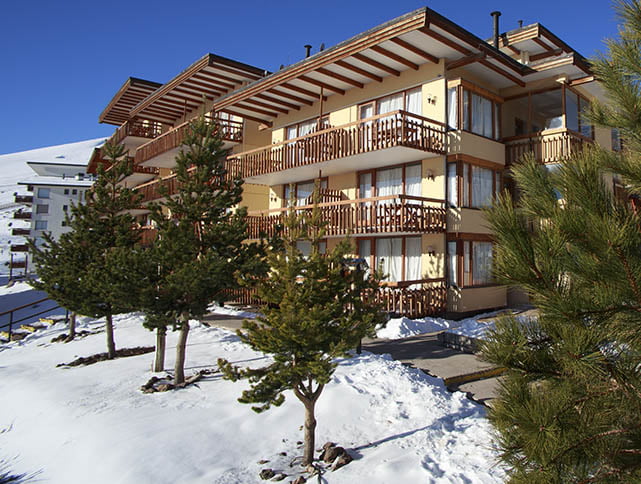

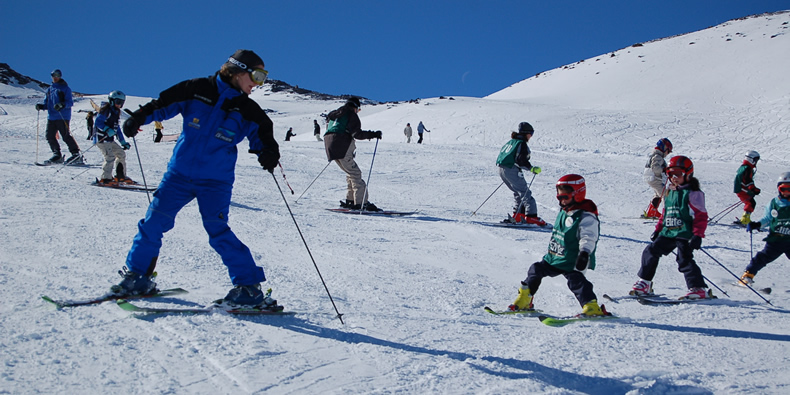
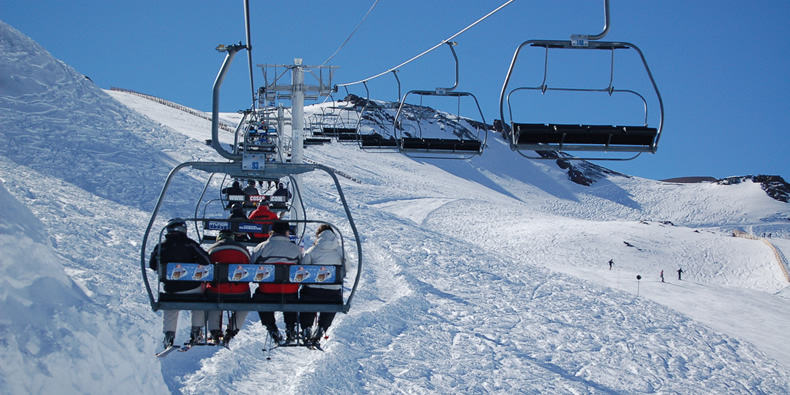
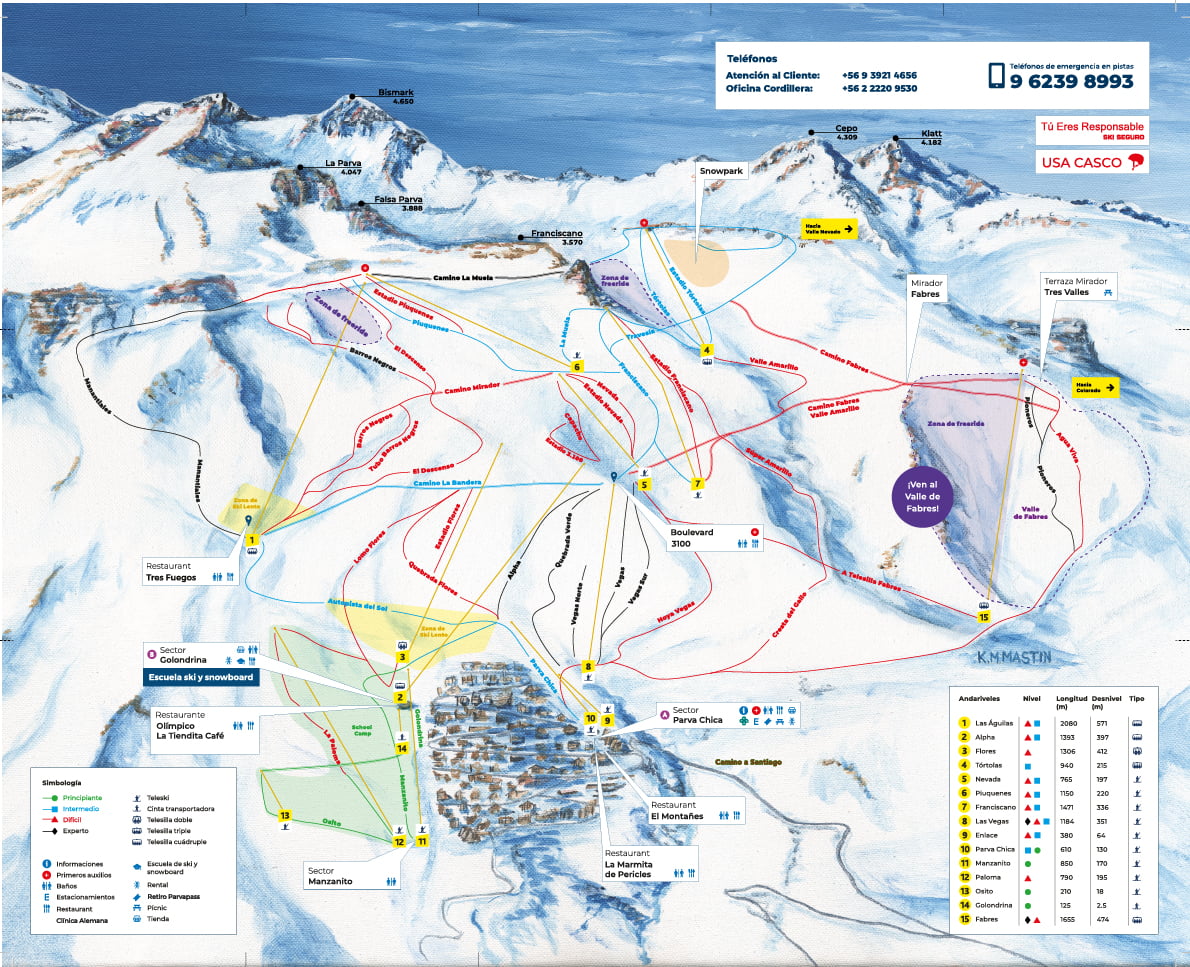
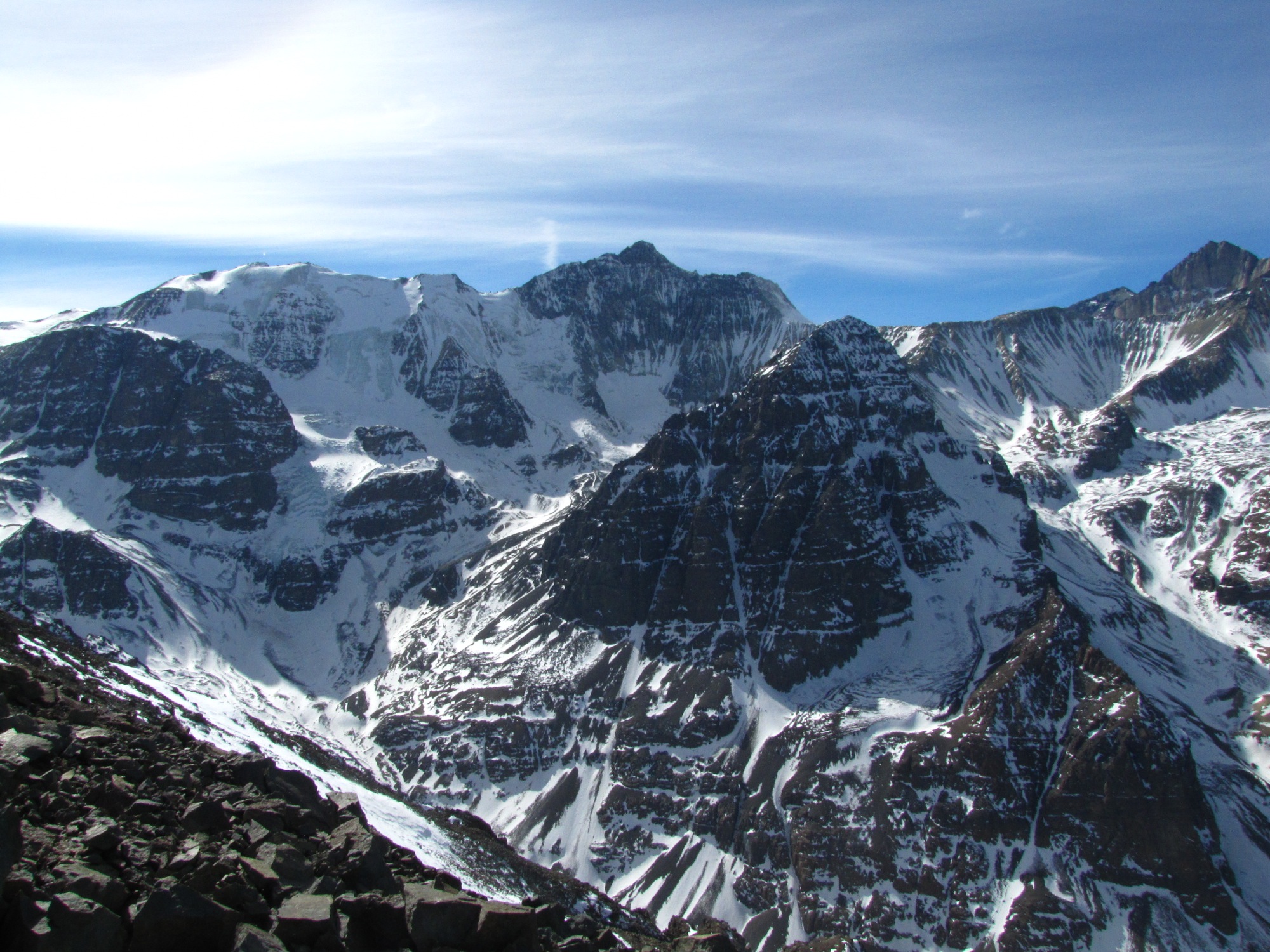

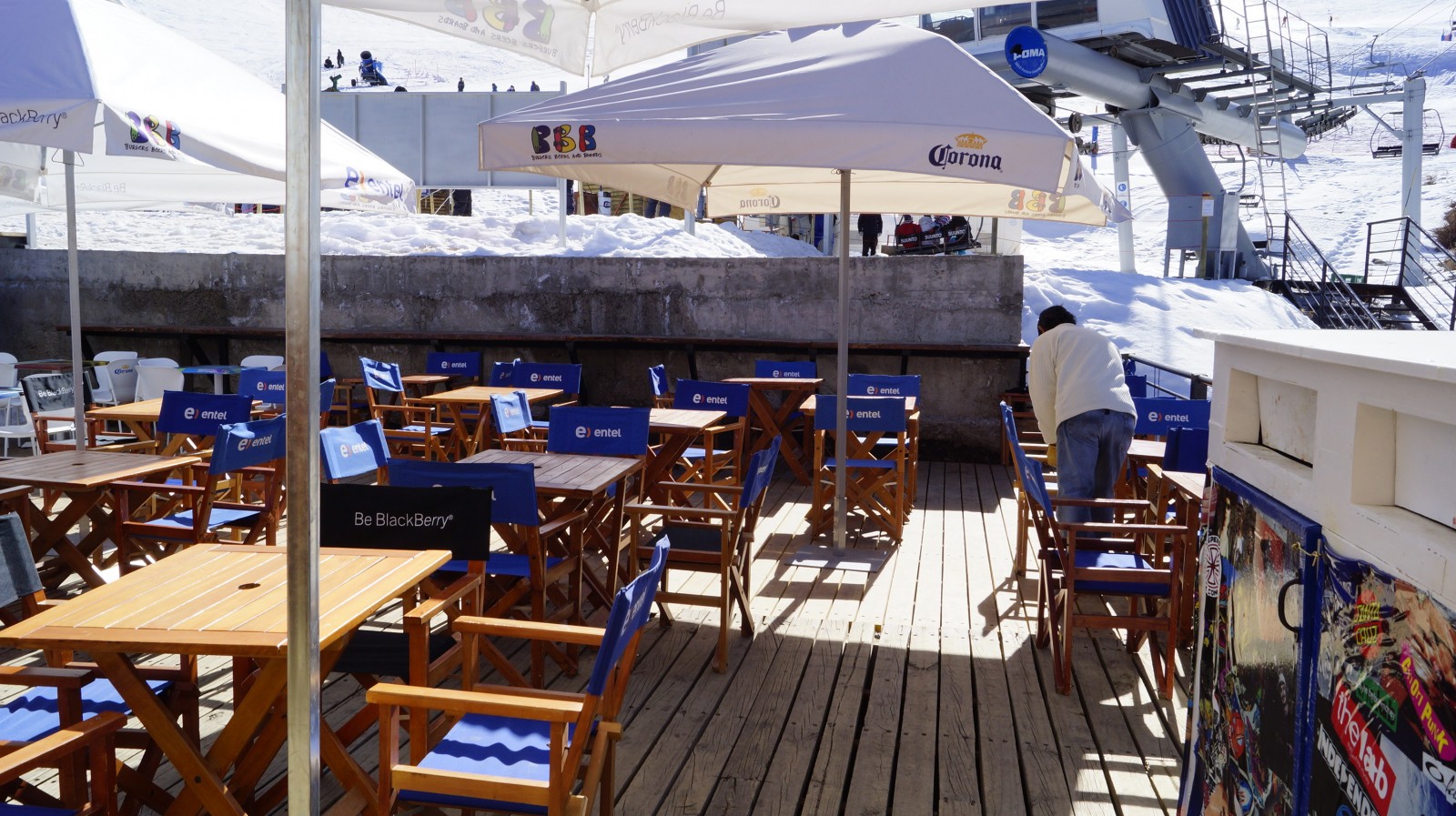
Santa Lucia Hill
Santa Lucia Hill is one of the most visited public green areas in Santiago.
Located steps away from the civic center of Santiago, Santa Lucía Hill is an historical and cultural icon of the city and the Metropolitan Region.
It is a 69-meter-high hill, which has an altitude of 629 meters above sea level and has an area of 65,300 square meters.
It is bordered to the south by Libertador General Bernardo O'Higgins Avenue (with the Santa Lucía subway station at its feet), to the west by Santa Lucía Street, to the north by Merced Street, and to the east by Victoria Subercaseaux Street.
Called 'Huelén' by the natives from the area, it was named Santa Lucía in honor of Saint Lucia of Syracuse (a Christian martyr known as 'La Santa de los Ciegos') by Pedro de Valdivia after the arrival of the Spanish in American lands on December 13, 1540. The first hermitages were built there: Virgen del Socorro in 1543, Patron Saint of Arms; Santa Lucía, base of the Convent of La Merced); and later the one of San Saturnino, protector from quakes). It was on its slopes where the conqueror Pedro de Valdivia established his camp before founding Santiago de la Nueva Extremadura.
During much of the colonial period, the hill maintained its natural character, although its intervention began with the construction of some forts.
In 1872, the remodeling of the Santa Lucía hill began during the government of Benjamín Vicuña Mackenna, who tried to eradicate the grinding houses and the houses lacking drinking water in the middle of the city. The hill, which represents the lifestyle of high society in the 19th century, was intervened with large green areas, small squares, a bypass road, viewpoints, statues, fountains, lighted paths, an irrigation system and a chapel built on the top. However, the redesign of Cerro Santa Lucía continued once the work of Vicuña Mackenna was completed, a period in which the neoclassical-style entrance, designed by the architect Villeneuve, was created.
Besides various tree species, ornamentation of European origin and relics of the Chilean colonial past, there are attractive places that stand out on Santa Lucía Hill, such as the Castillo Hidalgo, and the Neptuno and Caupolicán terraces.
In 1983 it was declared a National Monument in the category of Historical Monument, in accordance with its historical and patrimonial importance as one of the great vestiges of the urban history of the city.
Currently it plays an important role as a tourist attraction, being one of the most interesting public walks in the capital.
Santa Lucia Hill
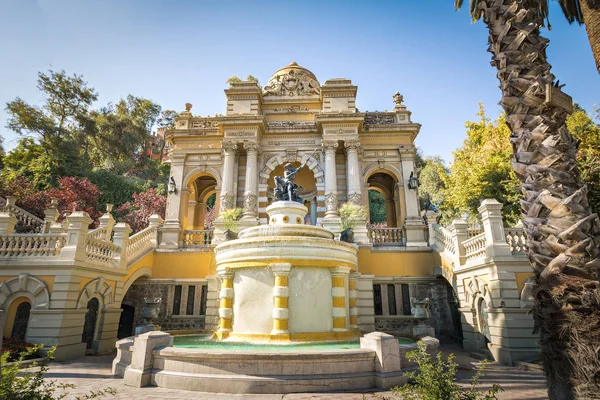
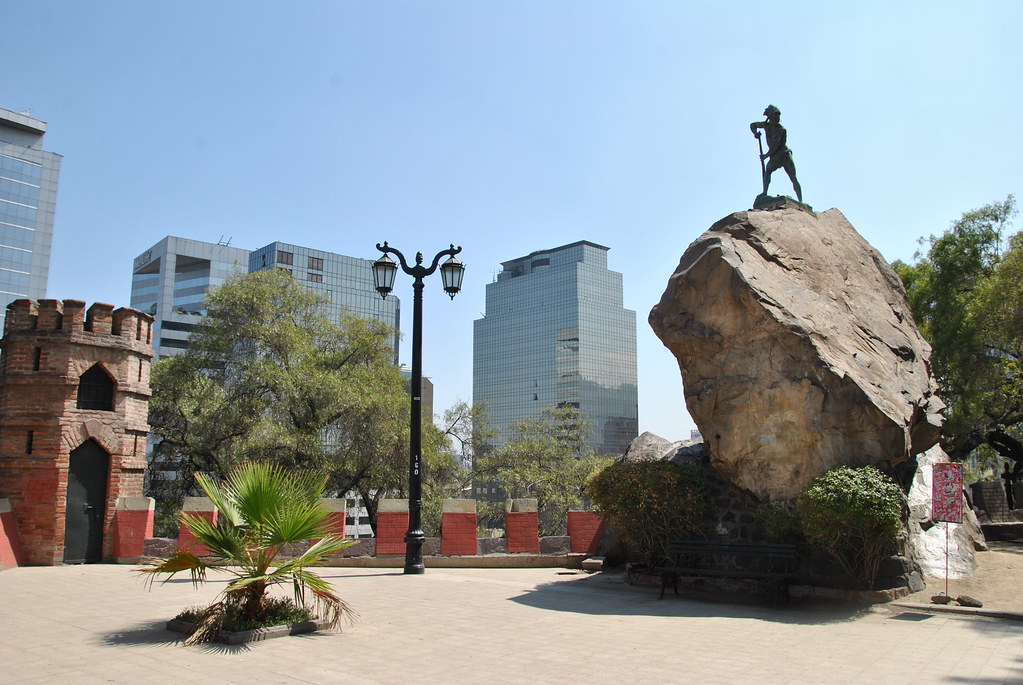
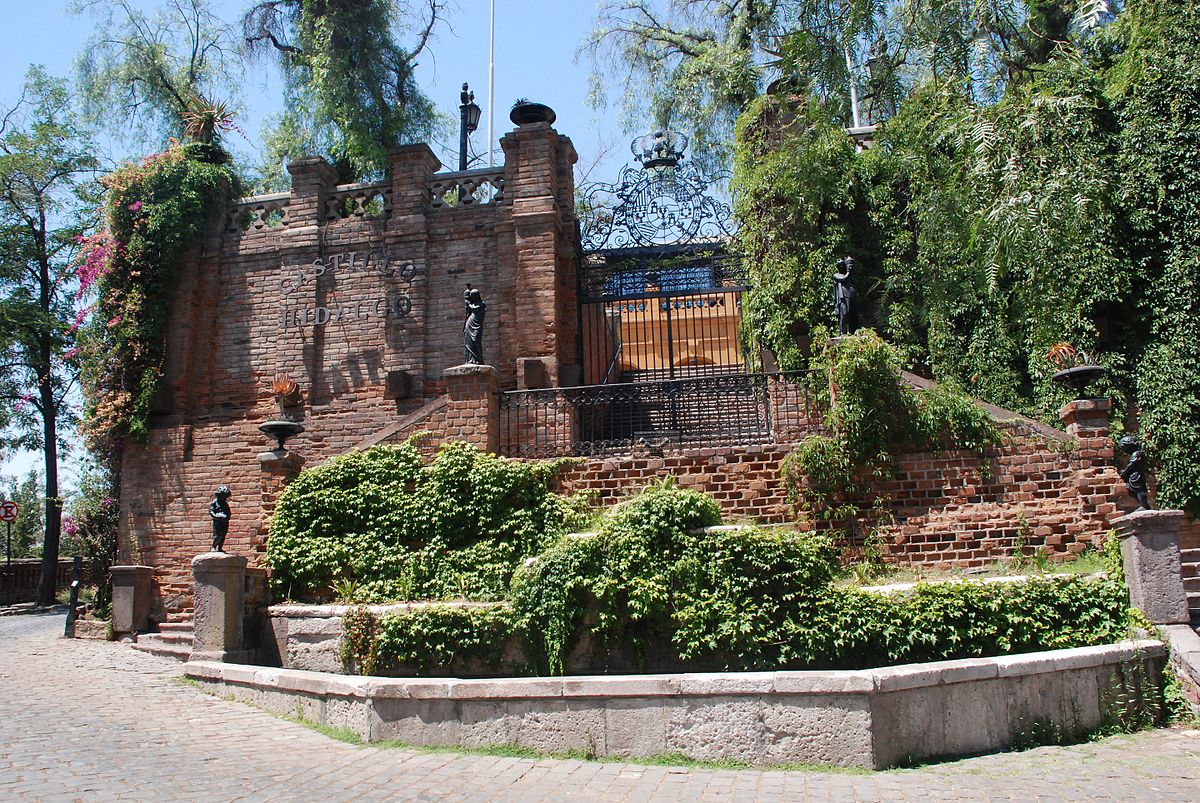
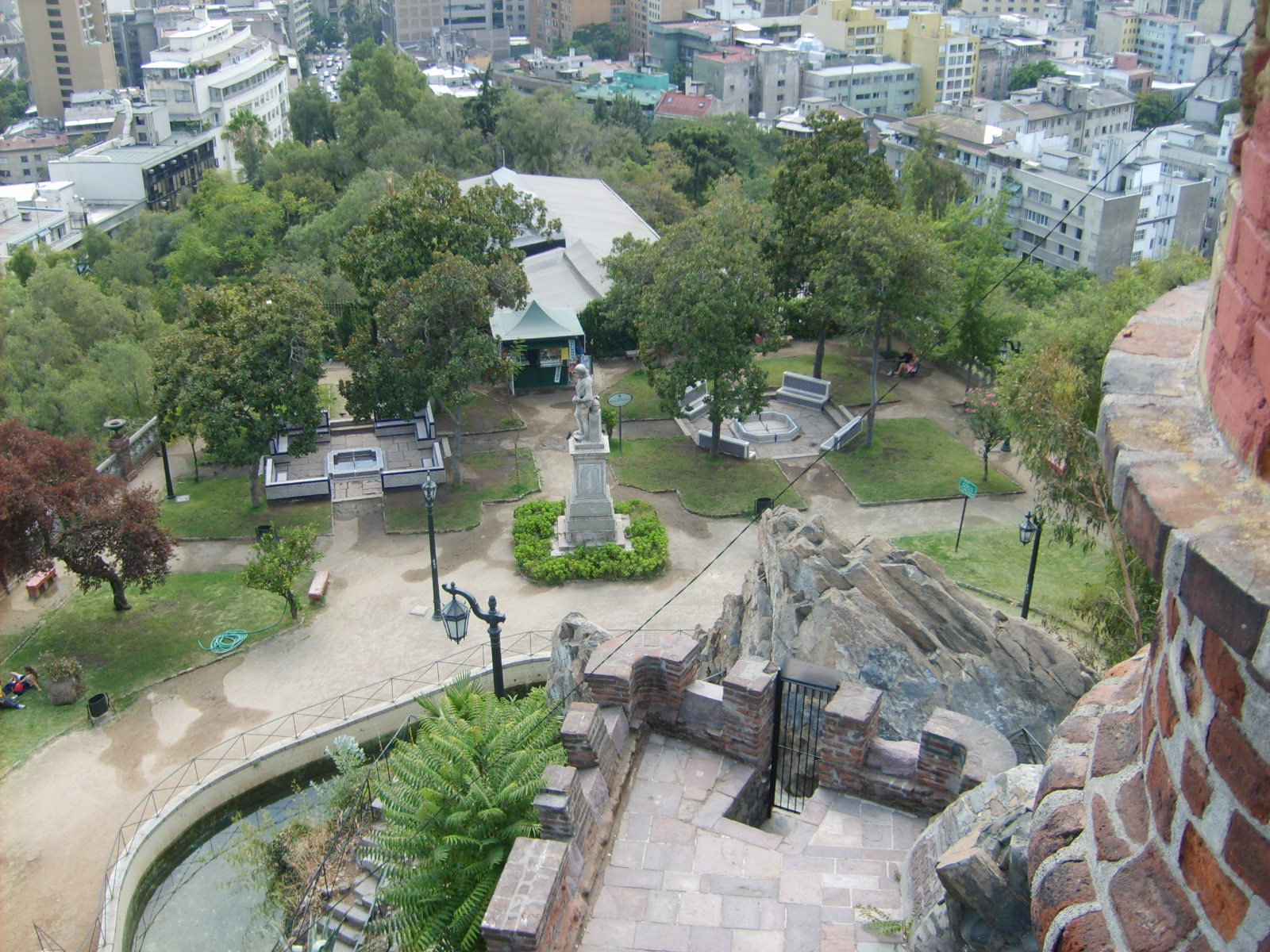
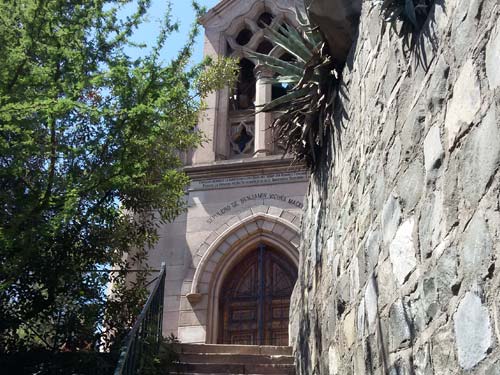

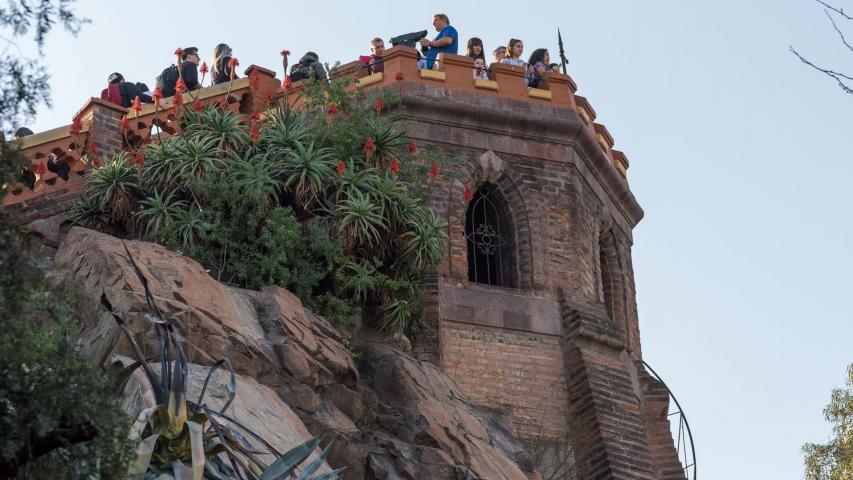
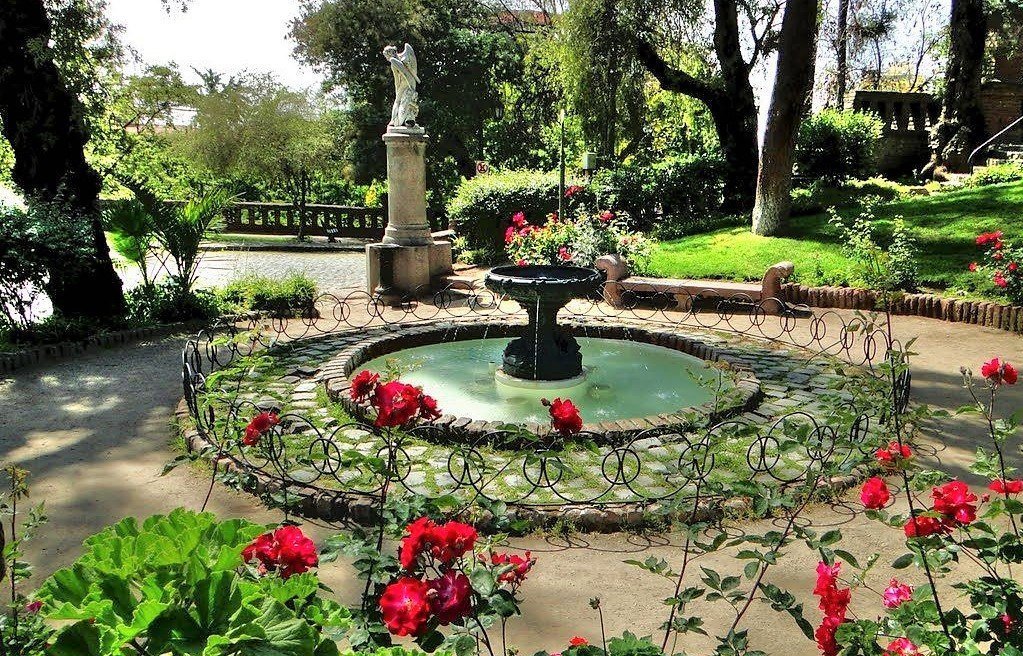
Sculpture Park Museum (Parque de Las Esculturas)
The Sculpture Park is an open-air museum in which a large number of works created by renowned Chilean artists are exhibited, with the aim of promoting national talent and promoting the growth of future artists, through the exhibition of their works, temporarily or permanently.
Located on the north bank of the Mapocho River, by Santa María Avenue, between Pedro de Valdivia and Nueva de Lyon street.
The venue was inaugurated in December 1986, at the request of several artists from the Providencia commune to the regional government. The idea, however, had a delay due to the flooding of the Mapocho River in 1982, which destroyed a good part of the gardens on its side.
It has an area of 21,000 square meters in which a total of 40 permanent works are exhibited and it has also an indoor exhibition room, in which as many non-permanent sculptures are exhibited. Over time, the number of sculptures has increased, thanks both to donations from the artists themselves and companies.
At each entrance, a map shows the location of each sculpture and the stations to visit the place. Likewise, there is detailed information about the trees present throughout its 18 hectares.
Among them we can see "Pachamama" by Marta Colvin, the first one to be installed in the park; Federico Assler's "Sculptural Ensembles"; "Eruption", by Sergio Castillo; "Pehuén", by Sandra Santander; "Seeds" by Cristián Salineros and "Libre Albedrío", by Alicia Larraín.
Assler, Castillo and Colvin, along with Lily Garafulic and Samuel Román are the National Sculpture Prize winners present at the place, which was admitted in 2008 as an open-air museum by the International Council of Museums.
In this park there is an underground exhibition hall, where different cultural activities are carried out, highlighting the traditional "International Jazz Festival", the one that during the month of January, it fills the riverbanks with music.
If you take the subway, you can get off at Los Leones station on Lines 1 or 6, and walk north, in the same direction as if you were going towards San Cristóbal Hill. The park has three entrances, but the main one is on Avenida Santa María.
You can also get off at the Pedro de Valdivia station (Line 1), walk north towards the Costanera Andrés Bello, and cross the bridge over the Mapocho River. The park is located between Pedro de Valdivia and Nueva de Lyon streets.

